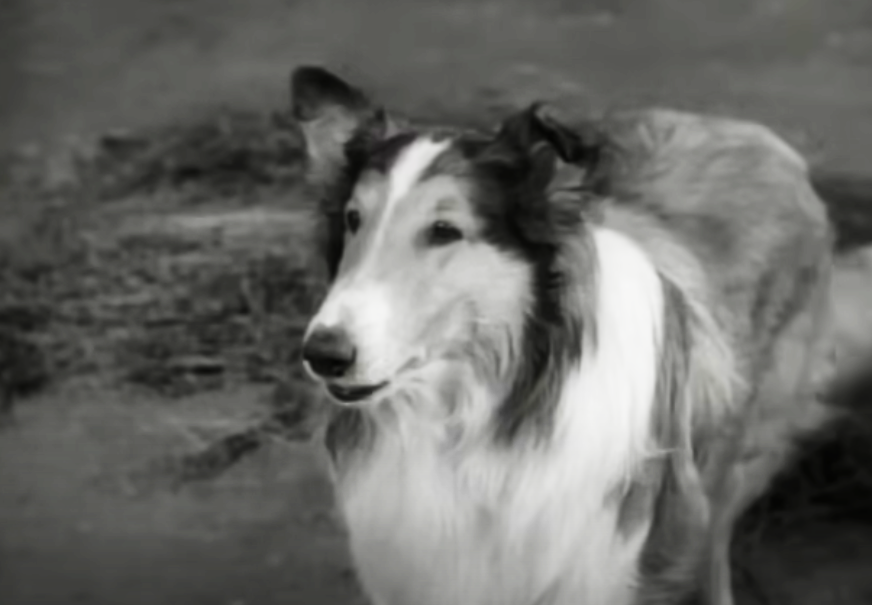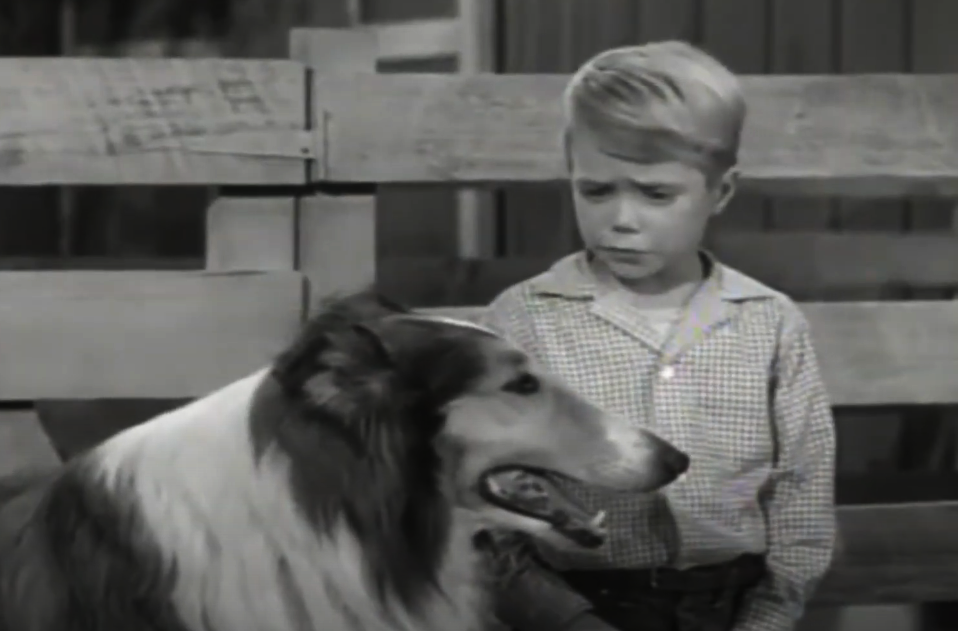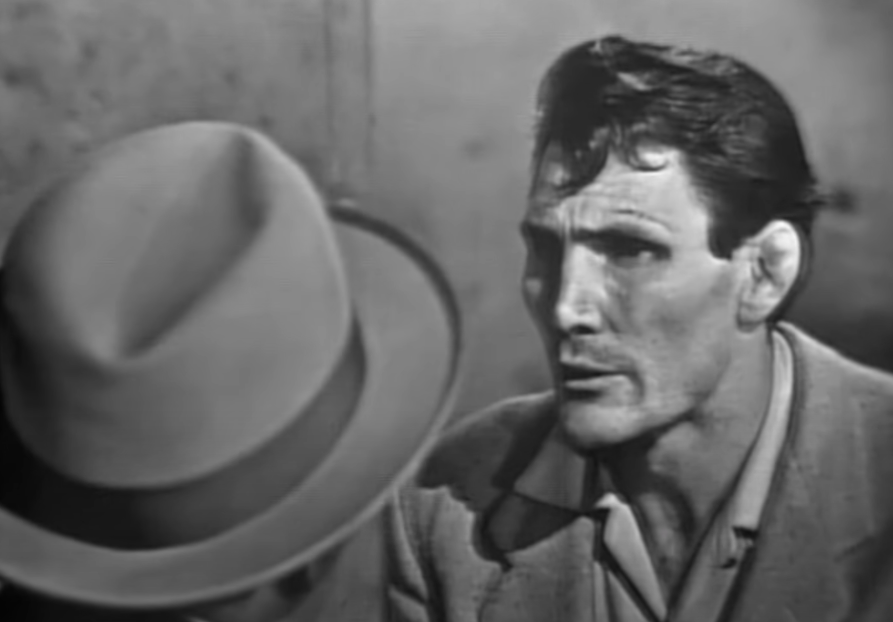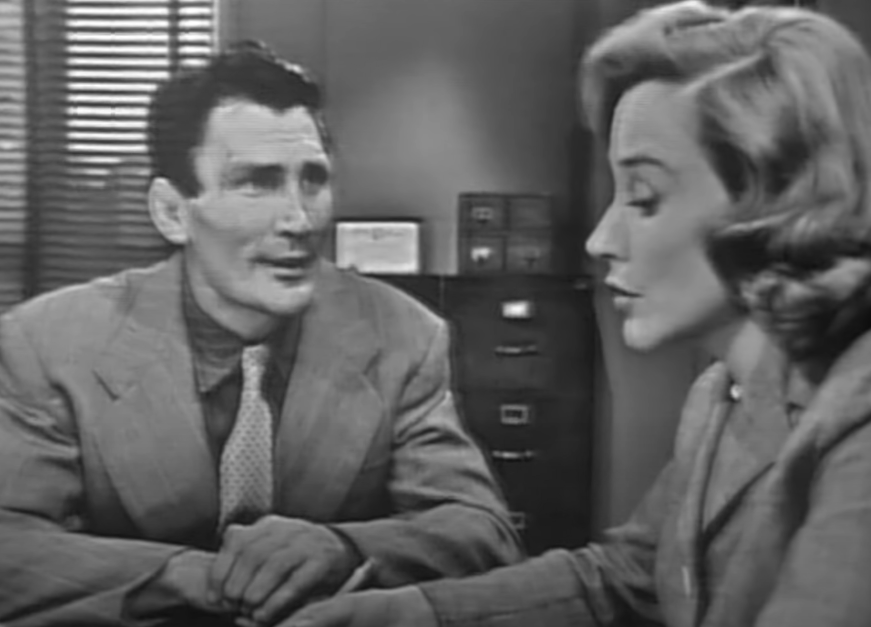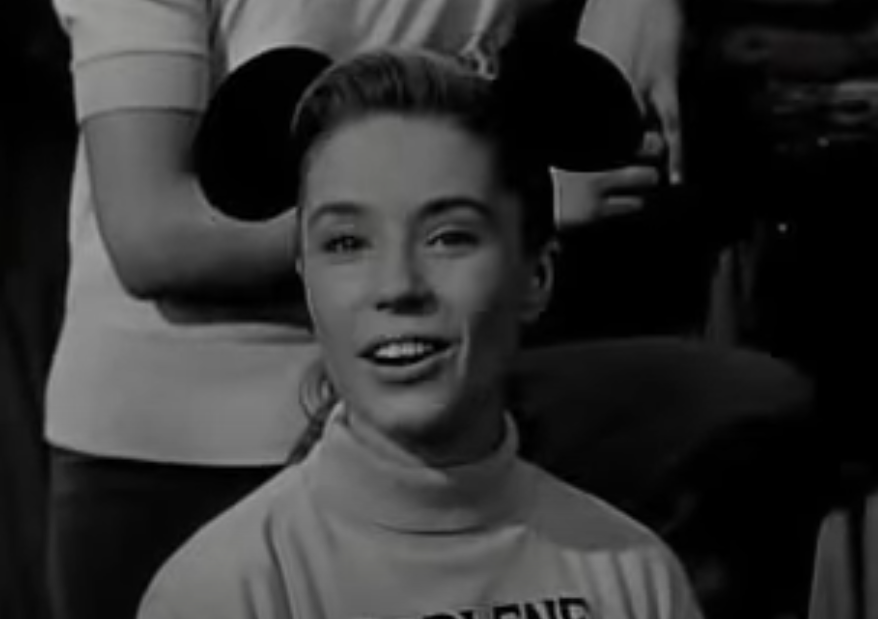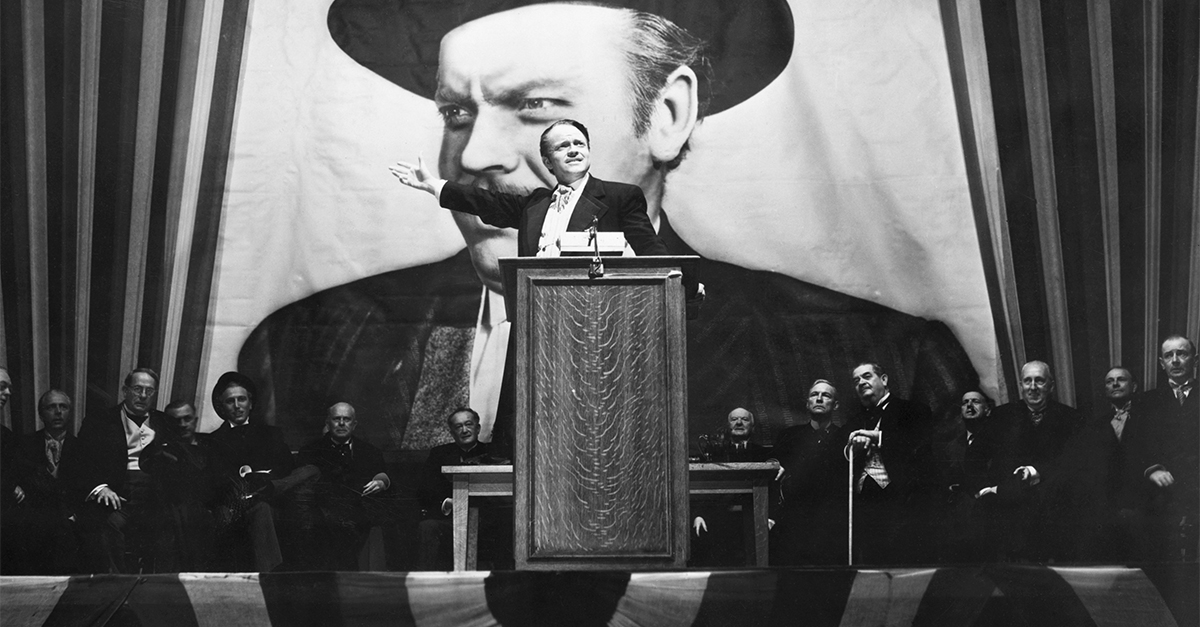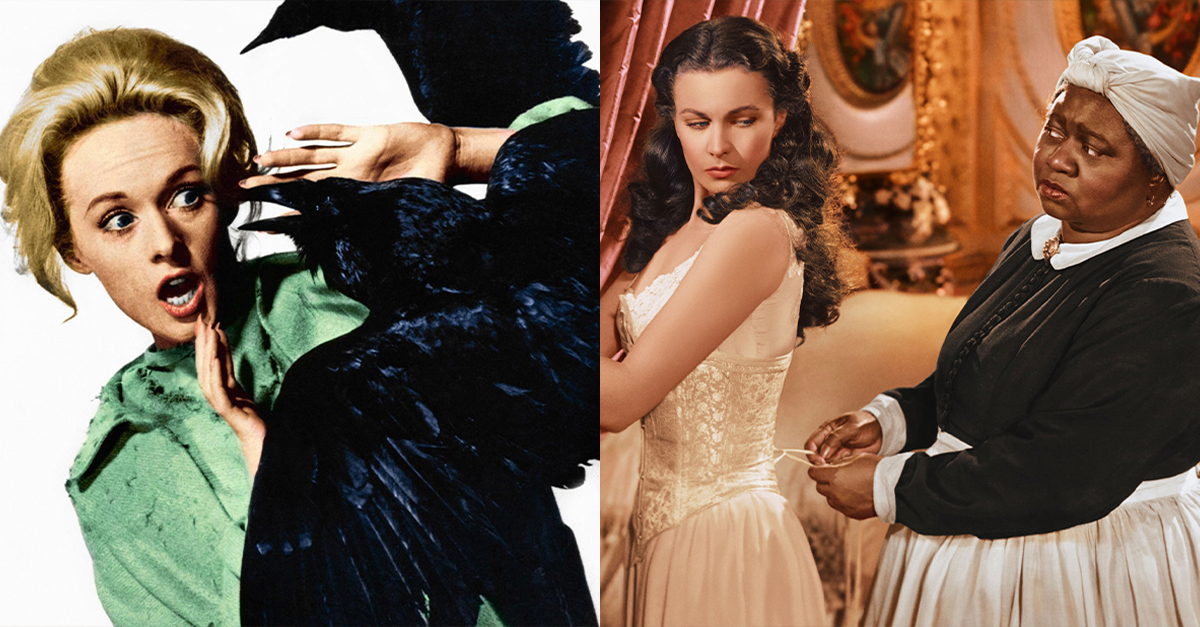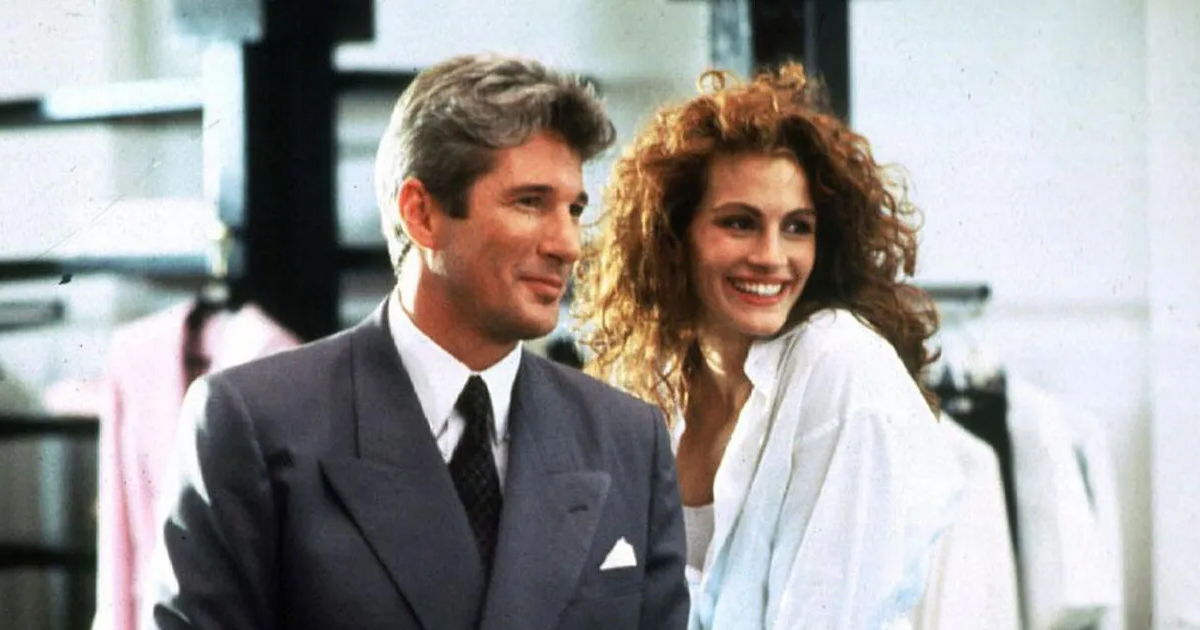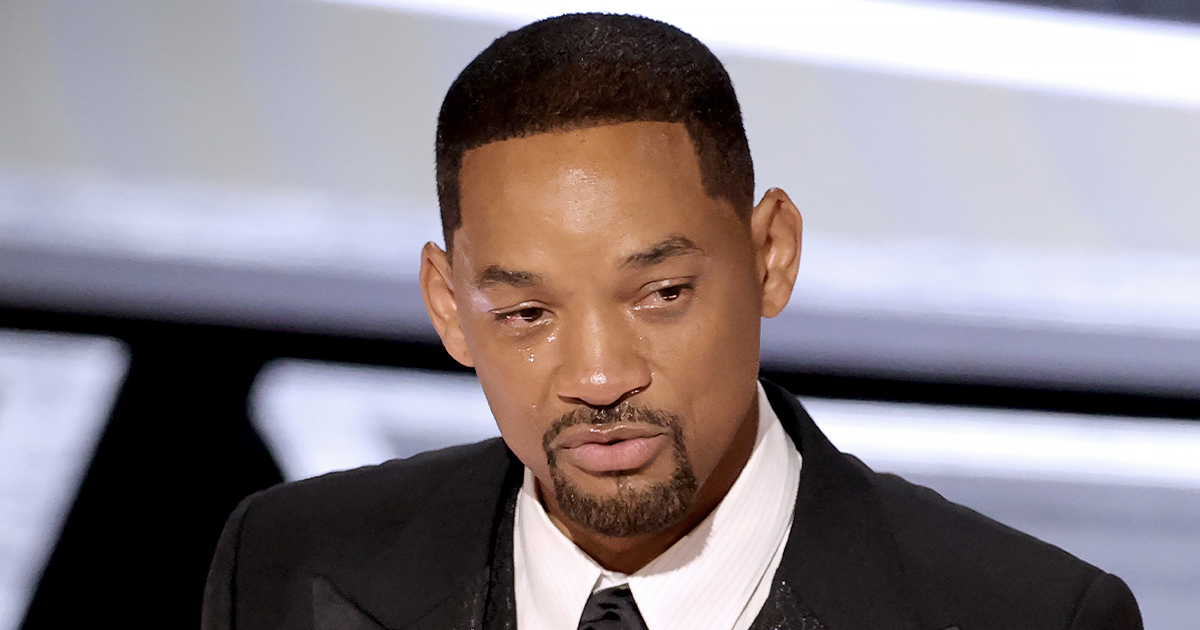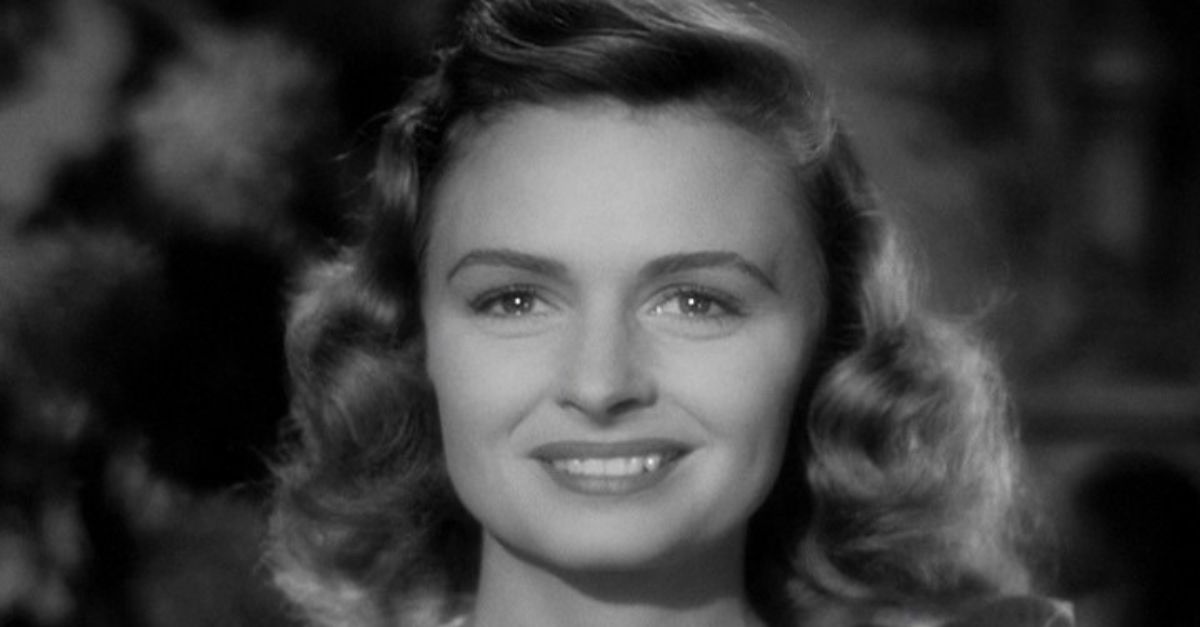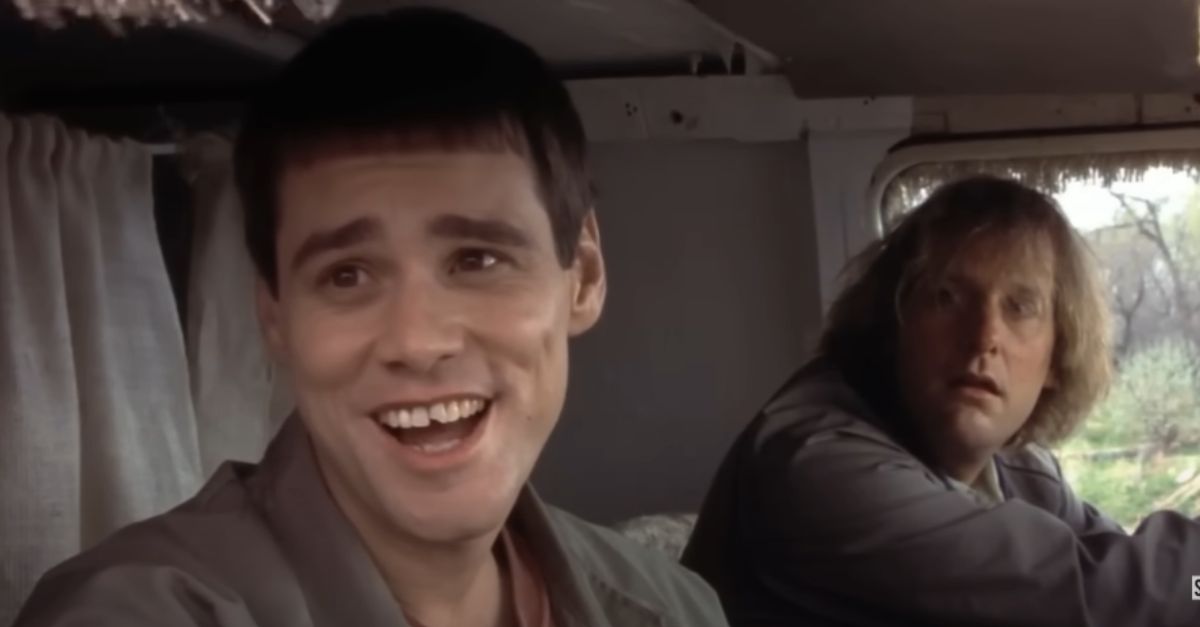A Golden Oldie
There are so many television shows today, that it’s almost impossible to keep up with them. And when you’re so busy trying to keep track of what’s current, it’s impossible to keep up with the past. However, there are some quality TV shows from the golden age of television that we’ve forgotten—let’s take a moment to remember them now.
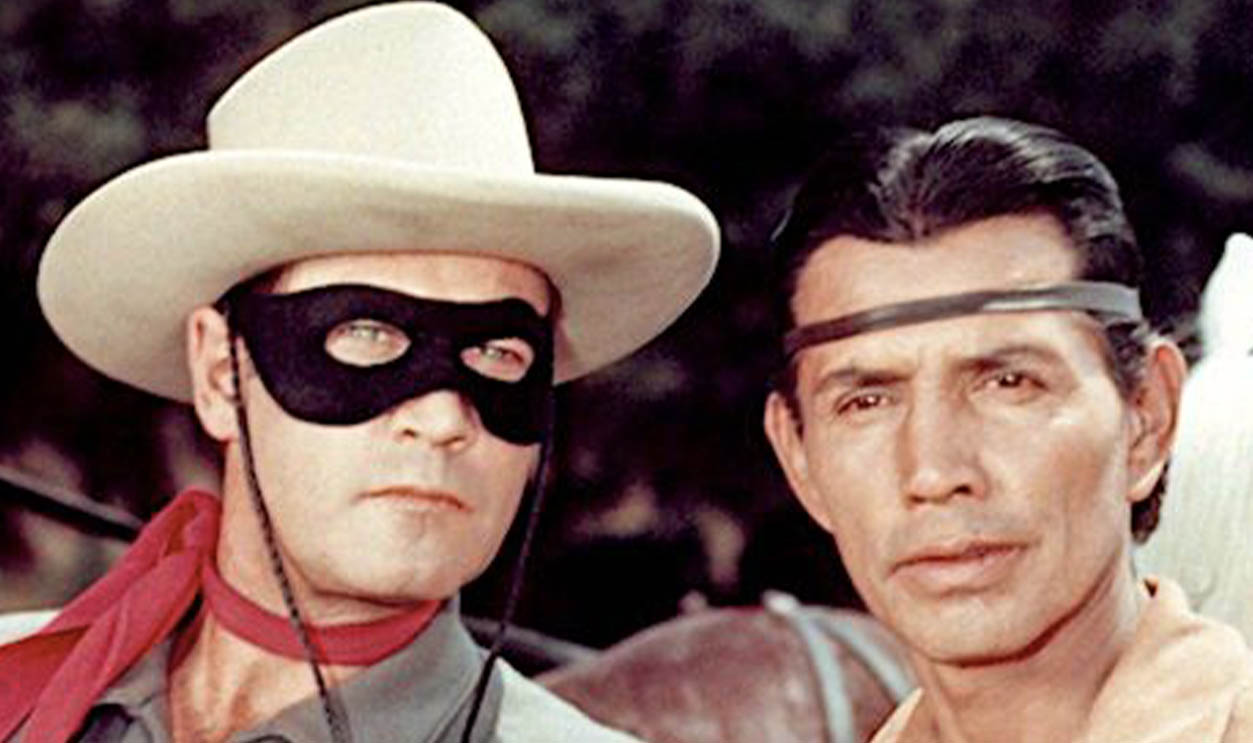
I Love Lucy
Who doesn’t remember the iconic scene of Lucy stuffing chocolates in her face as they race before her? It’s an iconic scene on television for a reason. However, I Love Lucy is the sort of show that defines television.
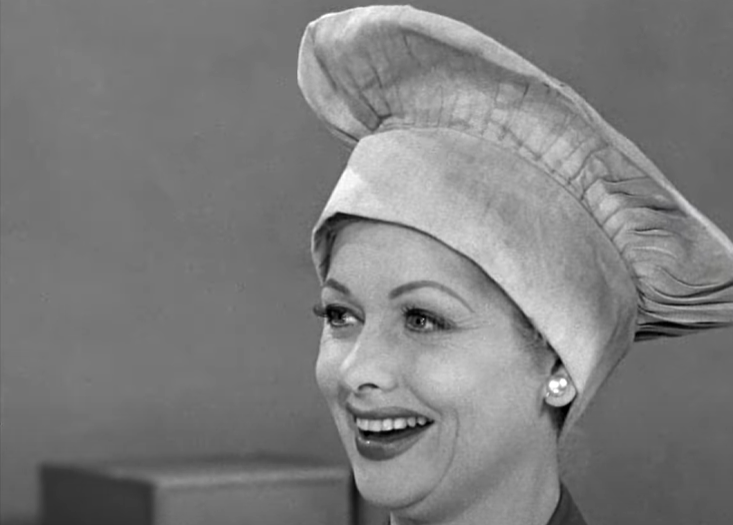 Paramount, I Love Lucy (1951–1957)
Paramount, I Love Lucy (1951–1957)
I Love Lucy
We wouldn’t have comedy as we know it today if it were not for I Love Lucy and Lucille Ball. The list of firsts that I Love Lucy has is nearly endless. It is a cultural phenomenon, and if you are lucky enough to watch an episode, you’ll know it’s also just darn funny.
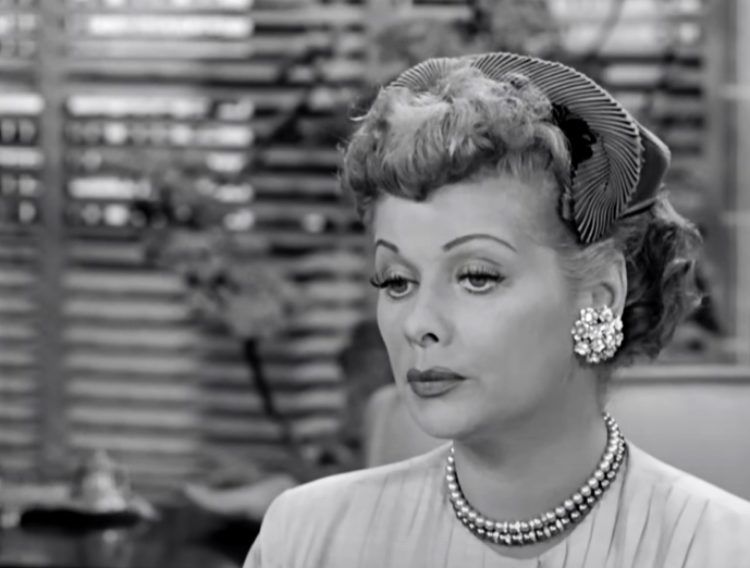 Paramount, I Love Lucy (1951–1957)
Paramount, I Love Lucy (1951–1957)
Dragnet
Dragnet has its origins in radio. It was a radio show before it moved to television in 1951. A detective thriller narrated by Sergent Joe Friday, Dragnet derives its name from a term that refers to a system for capturing criminals.
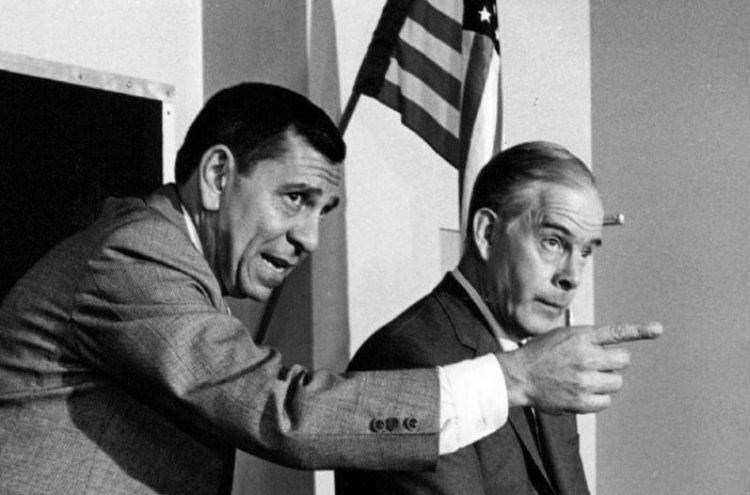 NBC Television, Wikimedia Commons
NBC Television, Wikimedia Commons
Dragnet
Today, the theme music for Dragnet is immediately recognizable. Using brass and kettledrums to create an ominous sound, the theme perfectly encapsulated this drama that launched a franchise.
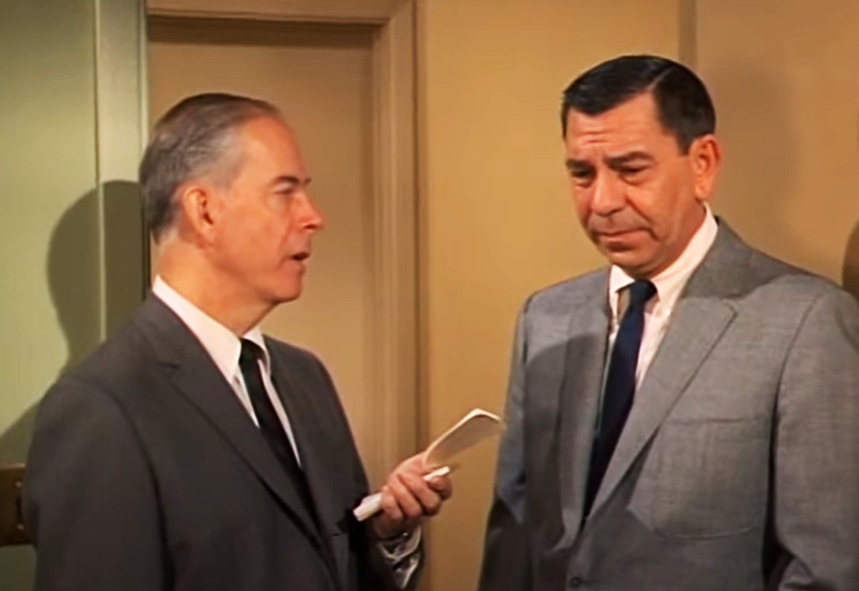 Universal, Dragnet (1967–1970)
Universal, Dragnet (1967–1970)
Howdy Doody
Nowadays, the puppets that feature in Howdy Doody might be considered unsettling. However, it was the quintessential television show for a whole generation of children. Many children's shows today owe their existence to Howdy Doody.
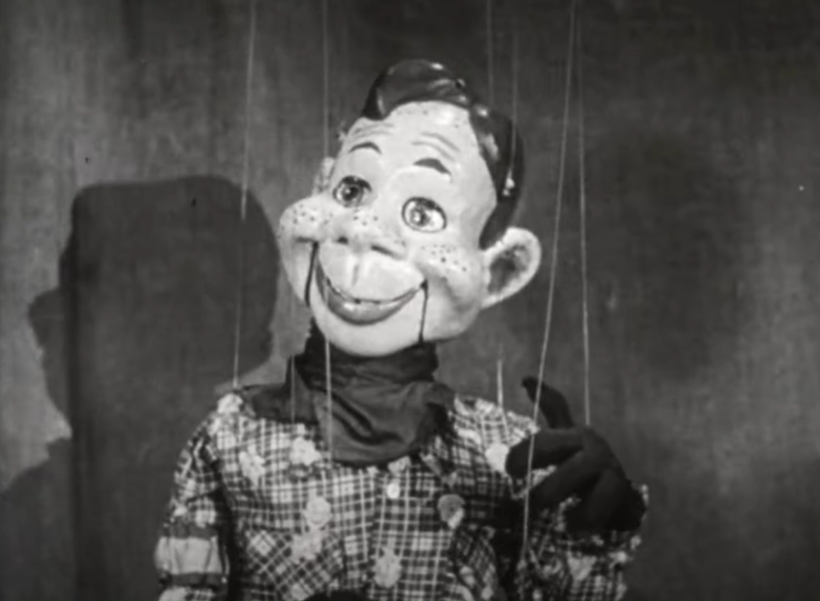 NBC, The Howdy Doody Show (1947–1960)
NBC, The Howdy Doody Show (1947–1960)
Howdy Doody
Howdy Doody featured “Buffalo Bob”, the show’s host Bob Smith, and the puppet Howdy Doody. Buffalo Bob and Howdy Doody were accompanied by other marionettes throughout any episode. A familiar format for many children’s shows today.
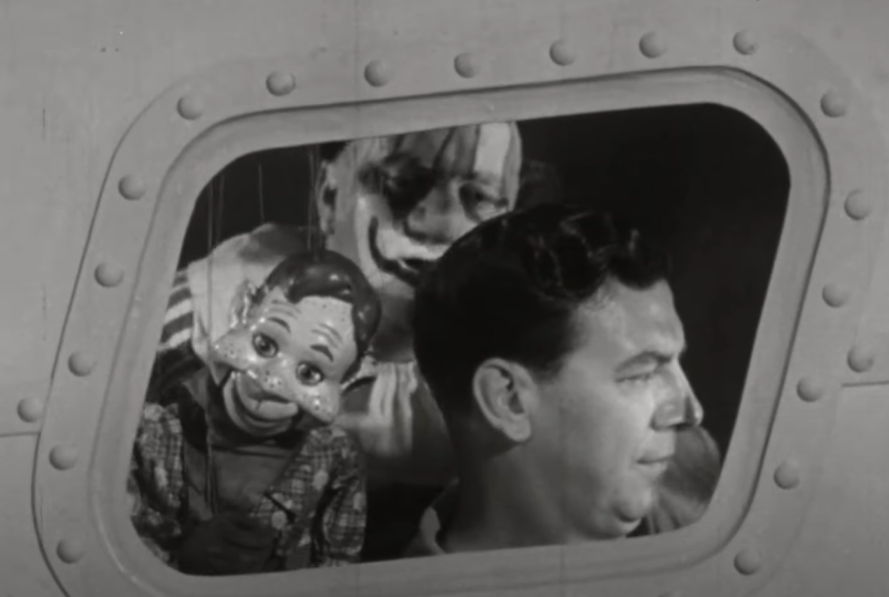 NBC, The Howdy Doody Show (1947–1960)
NBC, The Howdy Doody Show (1947–1960)
Captain Kangaroo
Starting in 1955, Captain Kangaroo ran until 1984. It was the longest-running children’s program of its day that was broadcast nationally. It was eventually surpassed by Mister Rogers’ Neighborhood before Sesame Street ran longer than both of them.
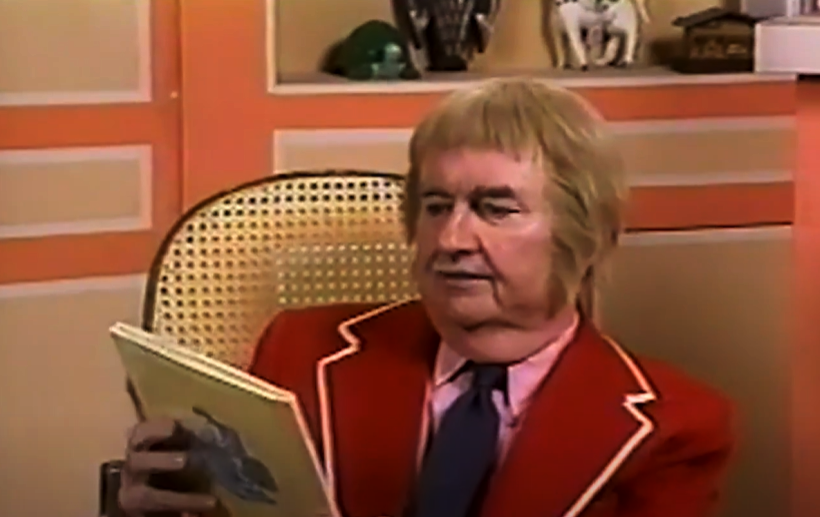 CBS, Captain Kangaroo (1955–1992)
CBS, Captain Kangaroo (1955–1992)
Captain Kangaroo
Captain Kangaroo starred Bob Keeshan as the title character. Keeshan also originated the show. The idea was to play on the idea of the relationship between children and their grandparents. Considering how long it ran, it was a well-received concept.
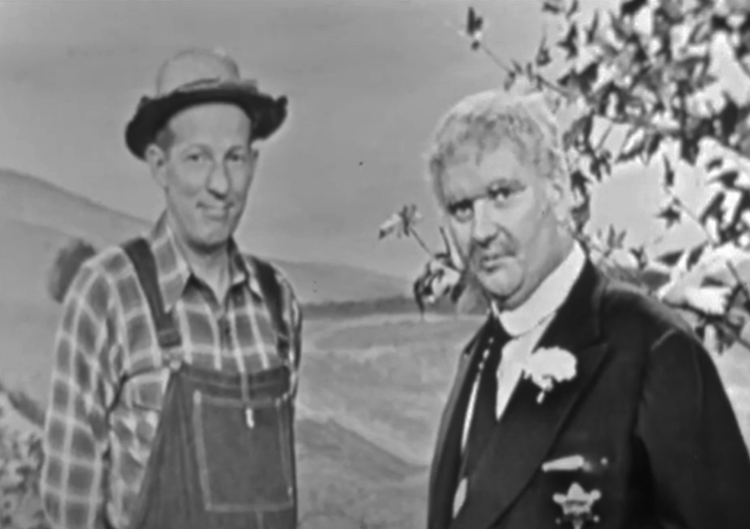 CBS, Captain Kangaroo (1955–1992)
CBS, Captain Kangaroo (1955–1992)
Kukla, Fran And Ollie
The golden age of television was filled with puppets and children’s shows. It seemed as if the two things went hand in hand. Kukla, Fran and Ollie started as a puppet show for children. However, it would ultimately end up being watched by more adults than children.
 NET, Kukla, Fran and Ollie (1969–1971)
NET, Kukla, Fran and Ollie (1969–1971)
Kukla, Fran And Ollie
Kukla, Fran and Ollie unsurprisingly, stared Fran Allison, a comedian and singer, who interacted with two puppets, Kukla and Ollie. By today’s standards, KFO may seem quite mild. However, it evoked a warm sense of familiarity to fans.
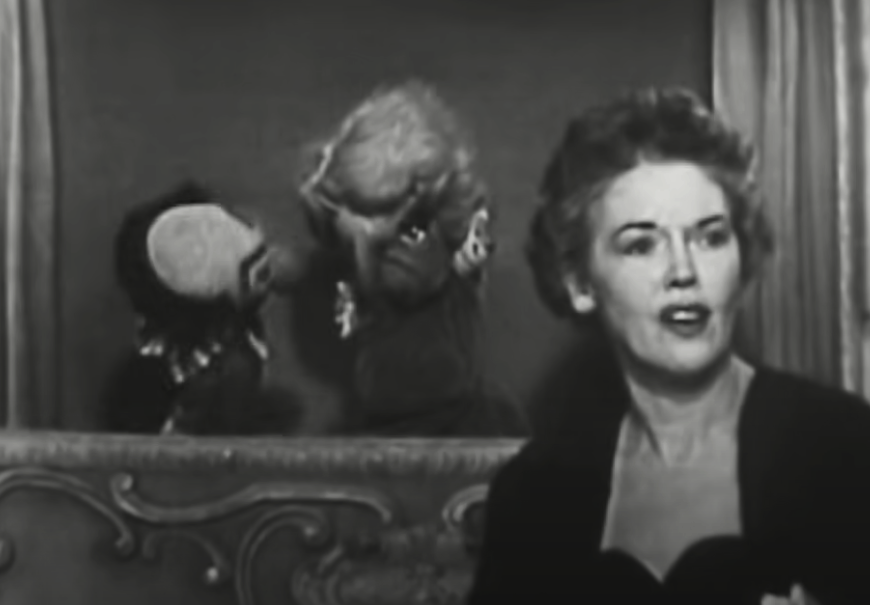 NET, Kukla, Fran and Ollie (1969–1971)
NET, Kukla, Fran and Ollie (1969–1971)
Leave It To Beaver
Leave It to Beaver was a sitcom that relied on humor created by its title character, Theodore “Beaver” Cleaver”, as he got into misadventures. It would set a template that shows like Malcolm in the Middle would go on to adapt for more current audiences.
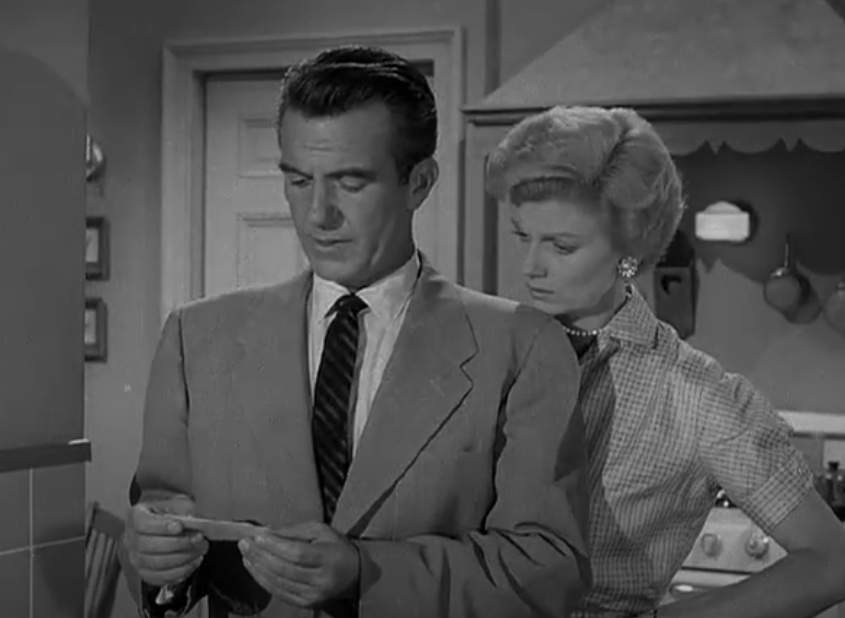 CBS, Leave It to Beaver (1957–1963)
CBS, Leave It to Beaver (1957–1963)
Leave It To Beaver
Although Leave It to Beaver struggled in the ratings, being dropped by CBS before being picked up by ABC, and never cracking the Nielson Ratings top 30s, it still ran for six seasons. It is also remembered fondly by fans from the time.
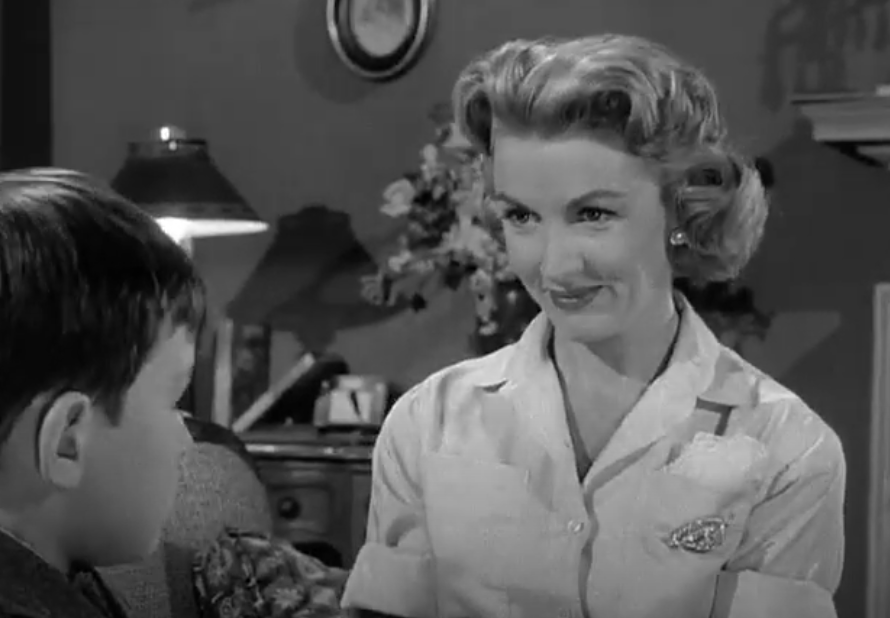 CBS, Leave It to Beaver (1957–1963)
CBS, Leave It to Beaver (1957–1963)
The Jack Benny Show
As the golden age of television was defined by its newness, it’s unsurprising that many of its shows started with its predecessor: radio. The Jack Benny Show originated as a radio program that ran from 1932-1955. In 1950, they decided to take a run at television.
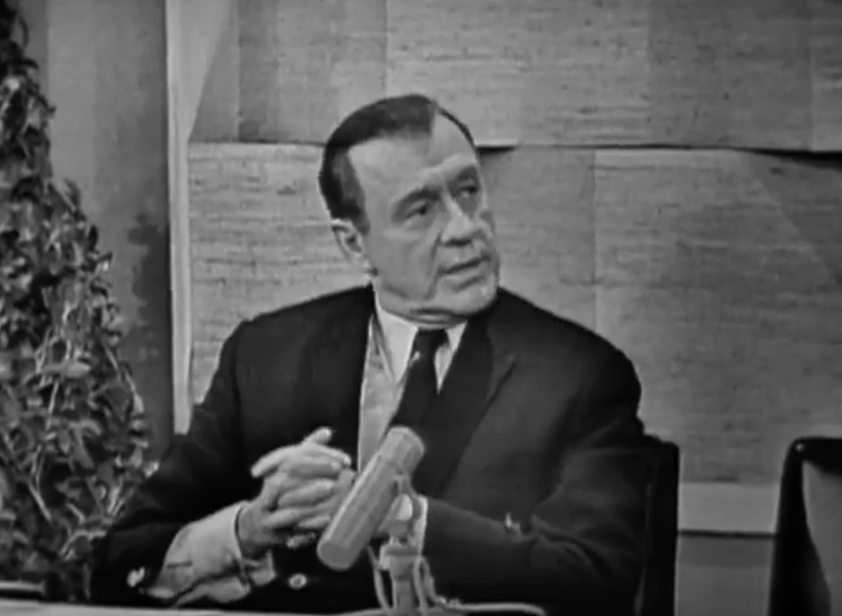 CBS, The Jack Benny Program (1950–1965)
CBS, The Jack Benny Program (1950–1965)
The Jack Benny Show
The Jack Benny Show followed a formula that was popular at that time: staring an actor who played a character that shared their name but had some ridiculous trait. For Jack Benny, it was being horrid at violin, but convinced he was great.
 CBS, The Jack Benny Program (1950–1965)
CBS, The Jack Benny Program (1950–1965)
Lassie
Despite ending in 1973, Lassie still permeates into the pop culture. Even today, many people look at collies and call them “Lassie dogs”. Lassie happened to be a Rough Collie. However, nearly any collie with the right coloring gets associated with Lassie’s memory.
Lassie
Lassie follows a dog named Lassie and her various companions, which are a mix of humans and animals. It ran from September 12, 1945 to March 25, 1973. It’s the ninth-longest-scripted television show. However, despite the joke, “Little Timmy” never did fall well.
Playhouse 90
Playhouse 90 first aired in 1956 and ran until 1960. It was formatted as an anthology series, a format that the famed Twilight Zone would pick up a few years later and popularize for modern memory.
Playhouse 90
Most anthology series ran in 60-minute episodes. Playhouse 90 was different. It ran episodes that lasted for an hour and a half, thus the 90 in their name. Playhouse 90 has several episodes that gained critical acclaim.
Kraft Television Theater
Although not a popular format today, the 50s and 60s saw many television series choose an anthology format. Kraft Television Theater was another one of these shows. It ran from 1947 to 1958 and was filmed in the same studio as Saturday Night Live now.
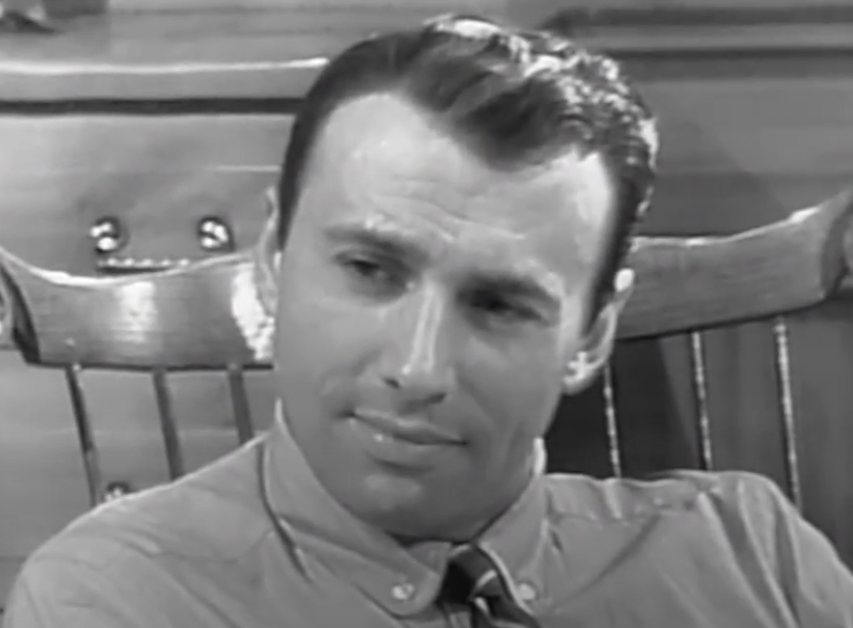 NBC, Kraft Television Theatre (1947–1958)
NBC, Kraft Television Theatre (1947–1958)
Kraft Television Theater
Kraft Television Theater’s name might seem odd. However, it came by it honestly. It was initially produced by an advertising agency and had several sponsors before a separate series by the same name was created to promote Kraft’s newest product: Cheez Whiz.
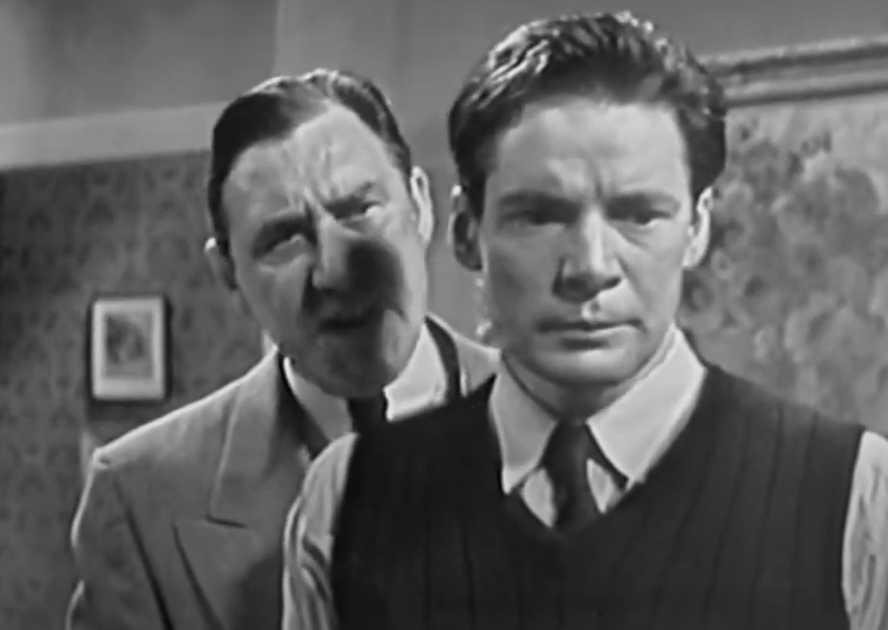 NBC, Kraft Television Theatre (1947–1958)
NBC, Kraft Television Theatre (1947–1958)
The Phil Silvers Show
The Phil Silvers Show has gone by many names over the years. It was originally titled You’ll Never Get Rich, and it has also been called Sergeant Bilko or Bilko during reruns. Whatever name you choose, the show was funny.
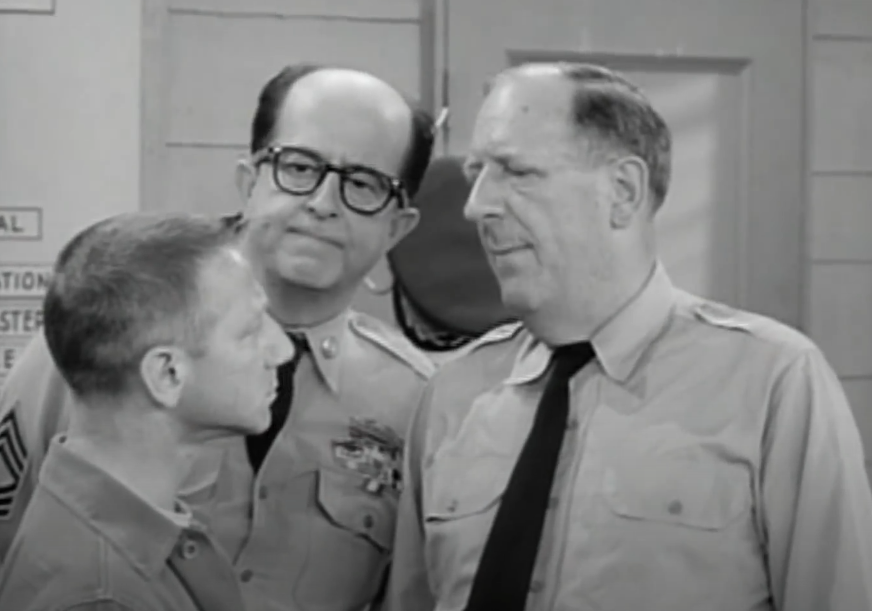 CBS, The Phil Silvers Show (1955–1959)
CBS, The Phil Silvers Show (1955–1959)
The Phil Silvers Show
The show starred Phil Silvers as Master Sergeant Ernest G Bilko. It won the Emmy for Best Comedy Series three years in a row, and it launched Phil Silvers into a true star.
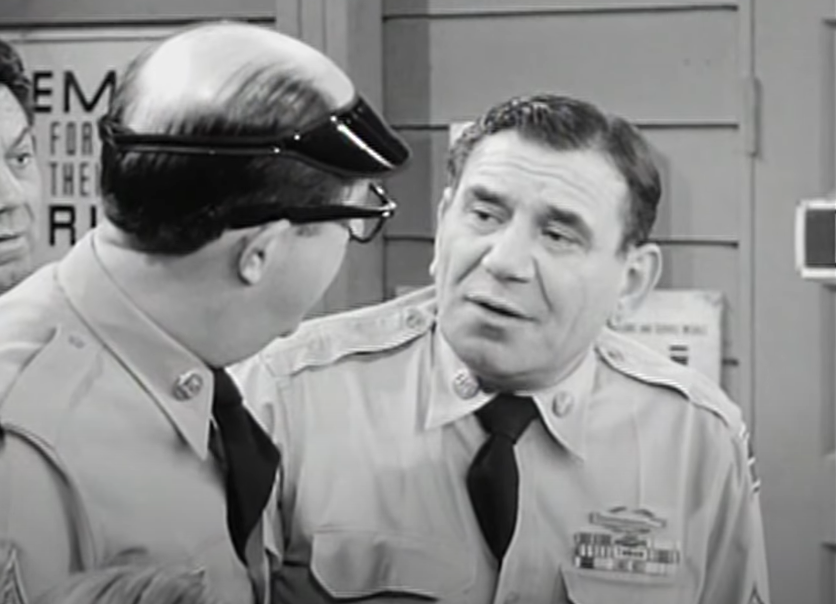 CBS, The Phil Silvers Show (1955–1959)
CBS, The Phil Silvers Show (1955–1959)
The Andy Griffith Show
Running from October 3, 1960, until April 1, 1968, The Andy Griffith Show is one of the rare few programs that has episodes that were filmed in black and white, and episodes that were filmed in color. Just like Jack Benny, and Lucille Ball, Andy Griffith played a character that sported the same name as him: Andy Taylor.
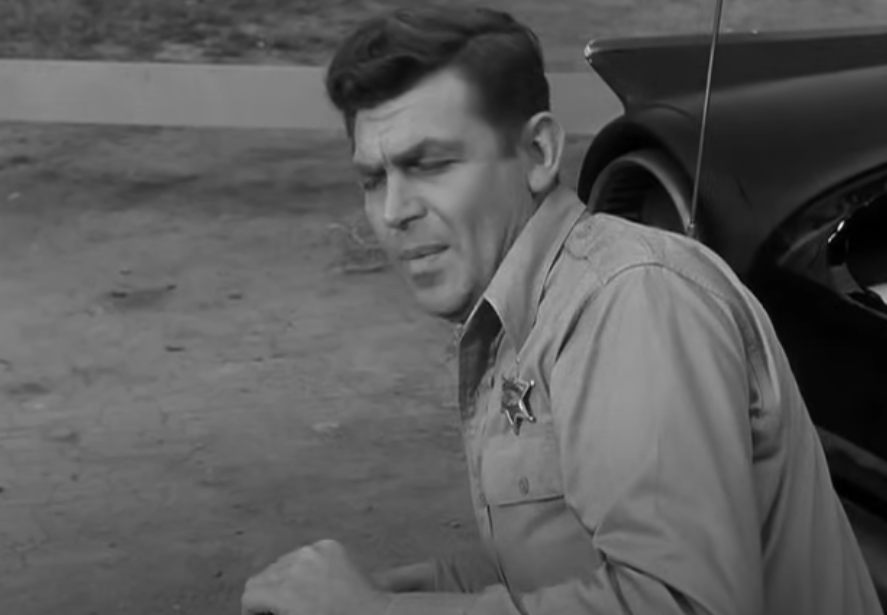 CBS, The Andy Griffith Show (1960–1968)
CBS, The Andy Griffith Show (1960–1968)
The Andy Griffith Show
Taylor was both widowed and the town sheriff. Although filmed in the 60s, it was meant to call back to the 30s. The nostalgia must have worked for the show never ranked lower than seventh place in the Nielsen Ratings.
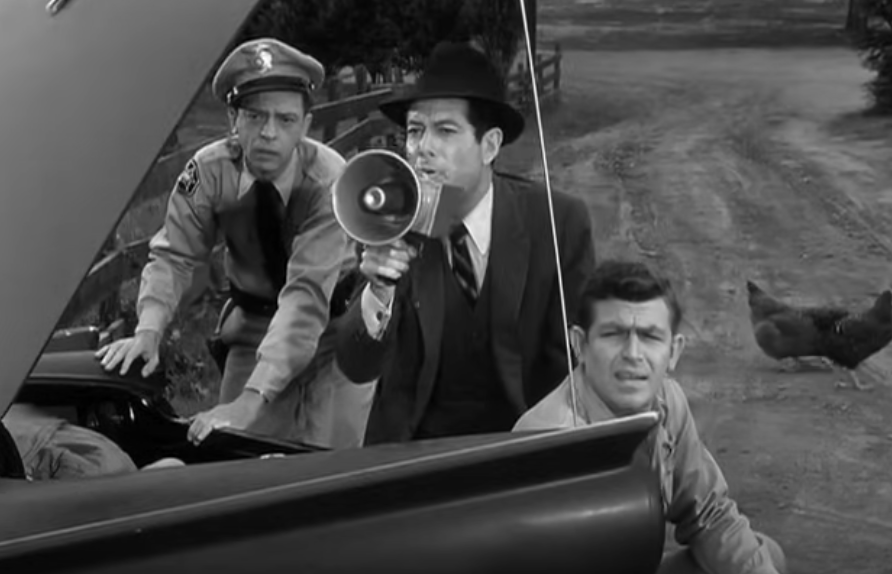 CBS, The Andy Griffith Show (1960–1968)
CBS, The Andy Griffith Show (1960–1968)
The Twilight Zone
A cult classic that persists in popularity today, The Twilight Zone is without a doubt the most popular anthology program to have come out of the late 50s. Its unusual stories and embrace of “the bizarre” made it beloved by generations.
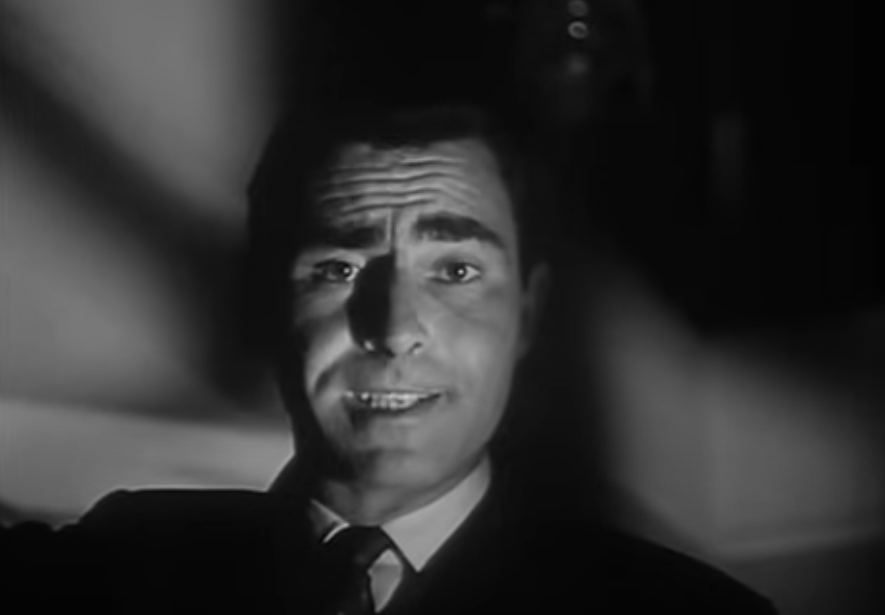 CBS, The Twilight Zone (1959–1964)
CBS, The Twilight Zone (1959–1964)
The Twilight Zone
The show was mainly considered science fiction. However, it also leaned into the paranormal, fantasy, and horror. Each episode tended to end with a surprise ending that would leave the viewer with a moral to consider.
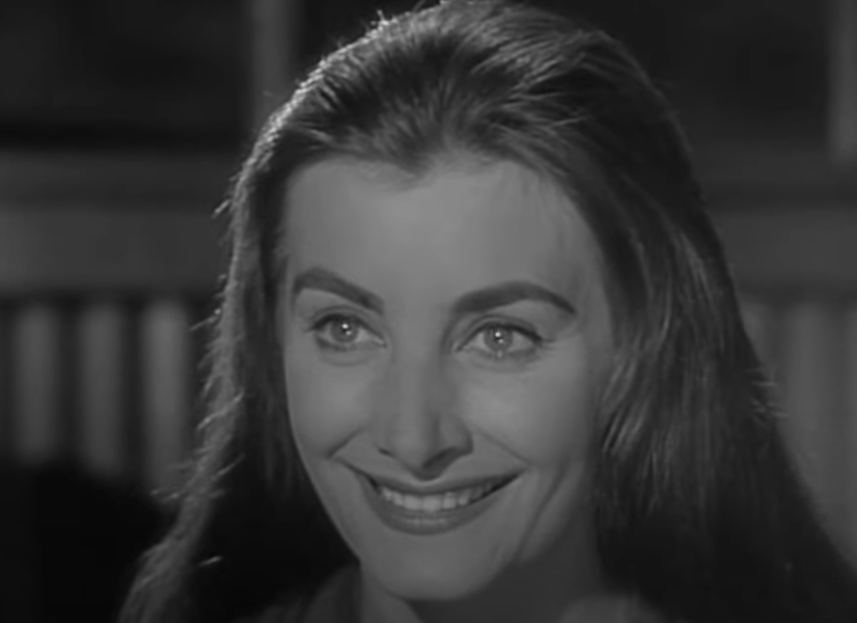 CBS, The Twilight Zone (1959–1964)
CBS, The Twilight Zone (1959–1964)
The Honeymooners
Despite airing for only a little over a year, The Honeymooners is a classic of the golden age of television. It followed Ralph Kramden, his wife Alice, and his close friends, Ed and Trixie Norton as they got into misadventures.
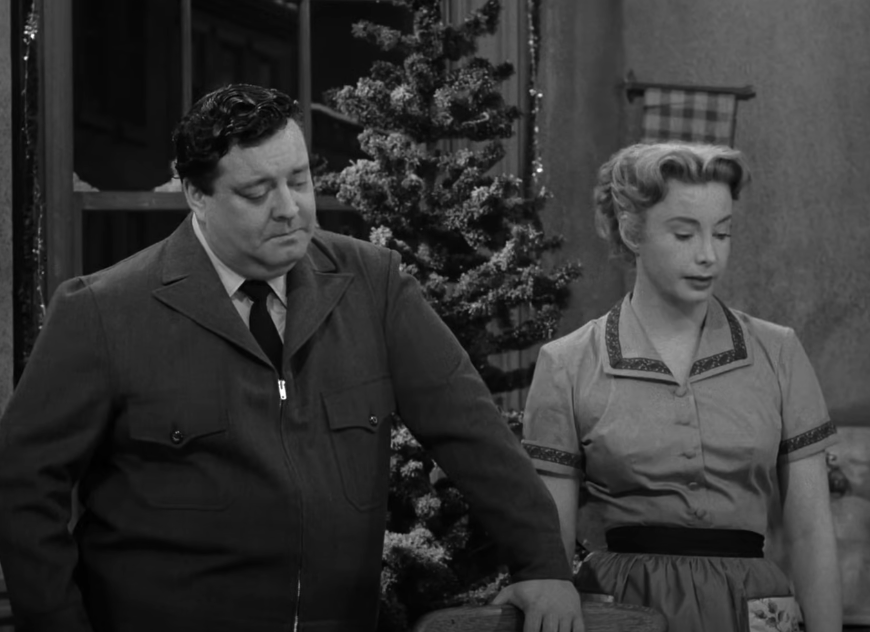 Paramount, The Honeymooners (1955–1956)
Paramount, The Honeymooners (1955–1956)
The Honeymooners
The Honeymooners started as a sketch during The Jackie Gleason Show. It was one of the first shows to portray a working-class couple without the gloss and glamour. Although the show ended in 1956, Gleason carried on the sketch sporadically for several years following.
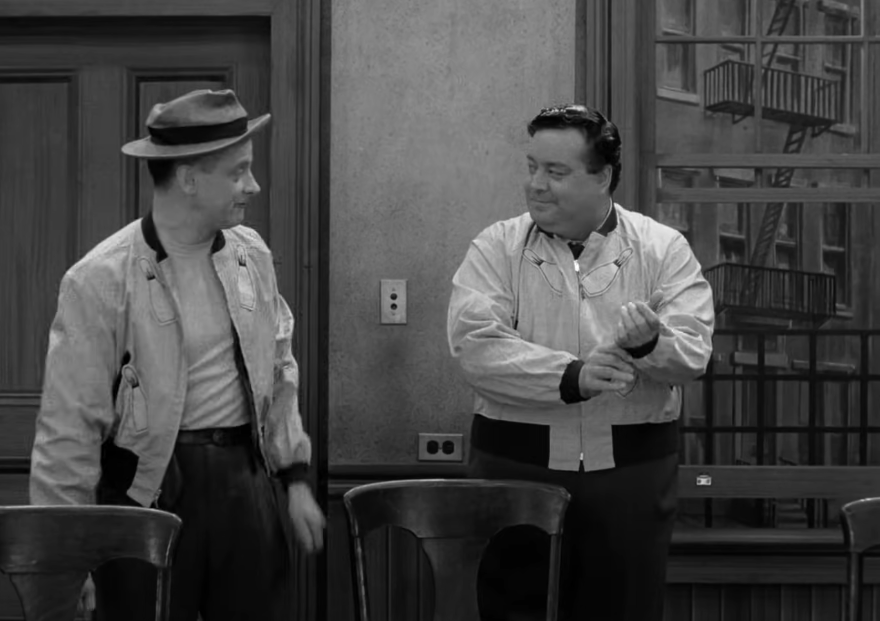 Paramount, The Honeymooners (1955–1956)
Paramount, The Honeymooners (1955–1956)
Rocky And Bullwinkle
Officially, Rocky and Bullwinkle might have had the longest name in television with The Adventures of Rocky and Bullwinkle and Friends. However, as no one had time for all that, the show was often just called Rocky and Bullwinkle—and people loved them.
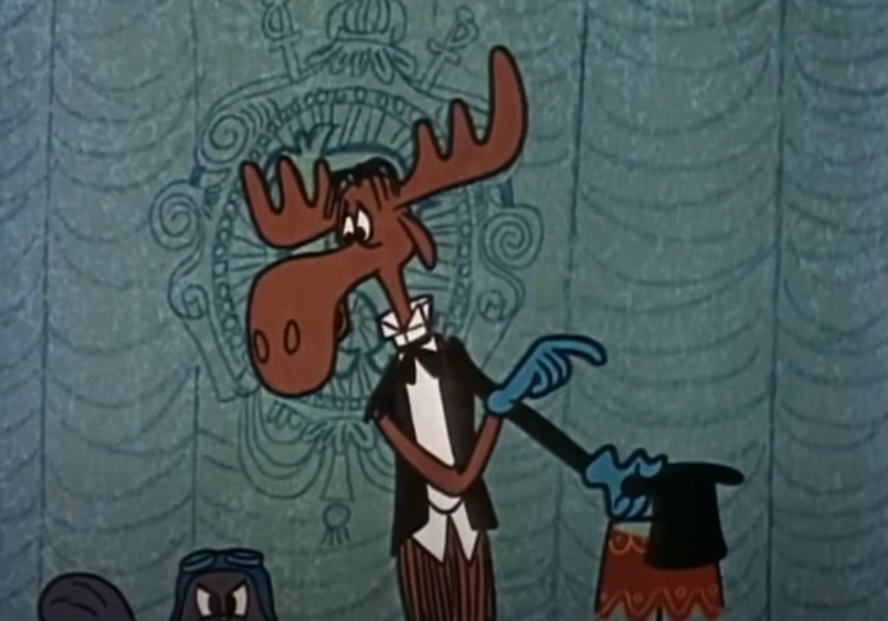 Format Films, The Bullwinkle Show (1959–1963)
Format Films, The Bullwinkle Show (1959–1963)
Rocky And Bullwinkle
Rocky and Bullwinkle was an animated series that featured two anthropomorphic characters: the flying squirrel, Rocky, and his moose companion, Bullwinkle. Joined by friends and enemies alike, each episode followed their (mis)adventures.
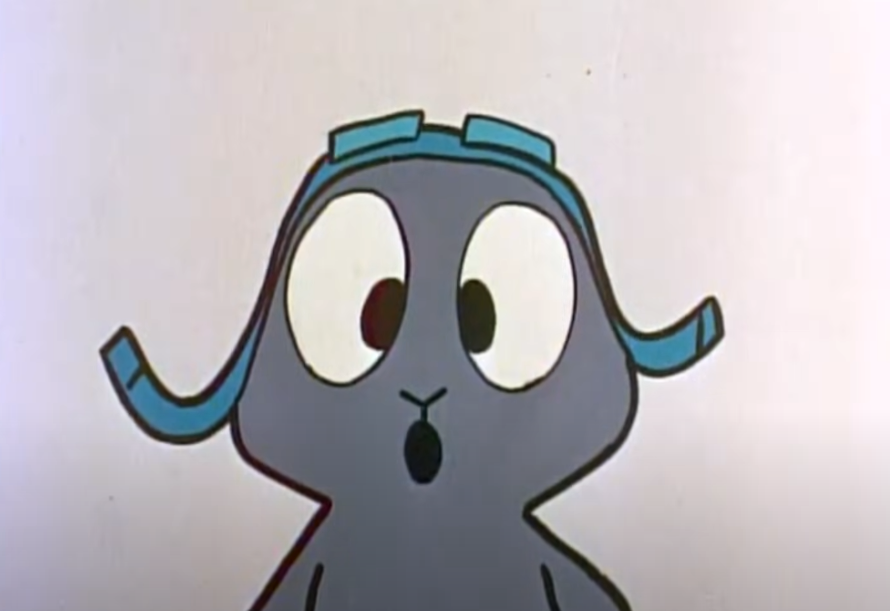 Format Films, The Bullwinkle Show (1959–1963)
Format Films, The Bullwinkle Show (1959–1963)
The Flintstones
Yabba dabba do! The Flintstones was an animated cartoon produced by Hanna-Barbera Productions, a production company that was also responsible for Tom and Jerry and Scooby-Doo. Running from 1960-1966, it was the first cartoon to have a prime-time TV slot.
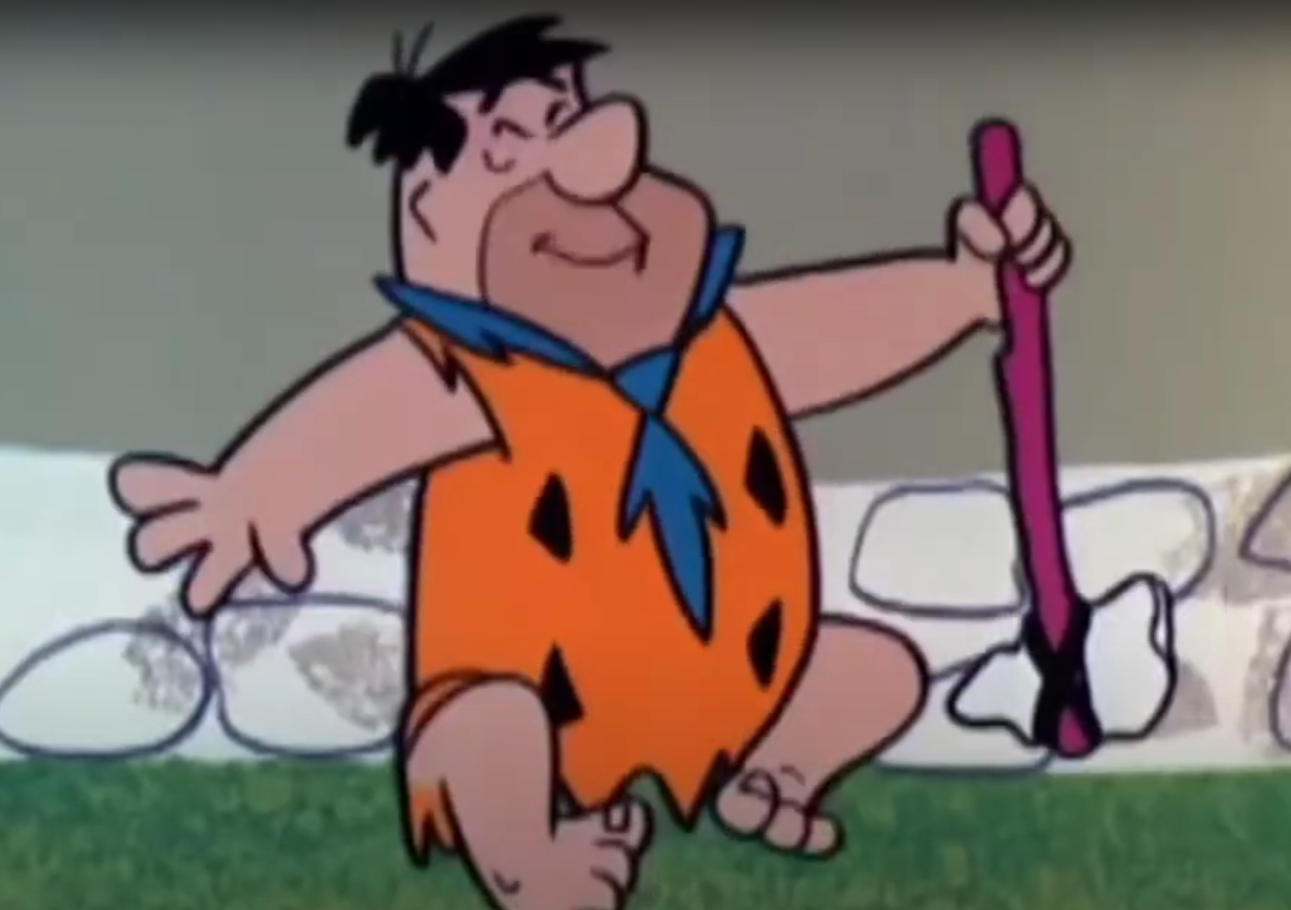 Columbia, The Flintstones (1960–1966)
Columbia, The Flintstones (1960–1966)
The Flintstones
The Flintstones may have ended in the 60s. However, just like their other Hanna-Barbera counterparts, they remain popular, with children of the 90s still consuming “Flintstones vitamins”. For an animated series, it has only been surpassed in both length and success by The Simpsons.
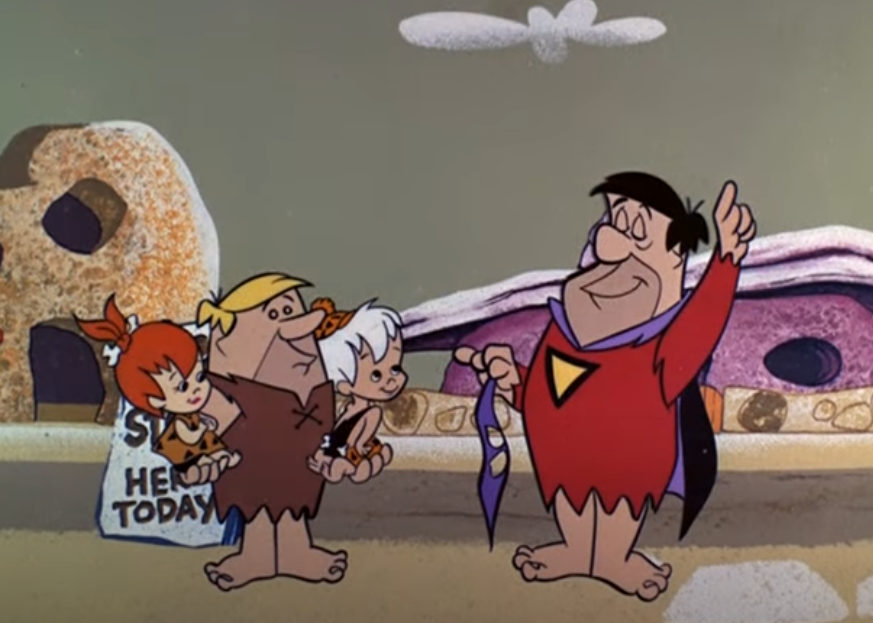 Columbia, The Flintstones (1960–1966)
Columbia, The Flintstones (1960–1966)
Crusader Rabbit
Crusader Rabbit was a unique creation. It was also the first sort of program to be produced specifically for television. It was a cartoon that followed Crusader Rabbit and his sidekick, “Rags”.
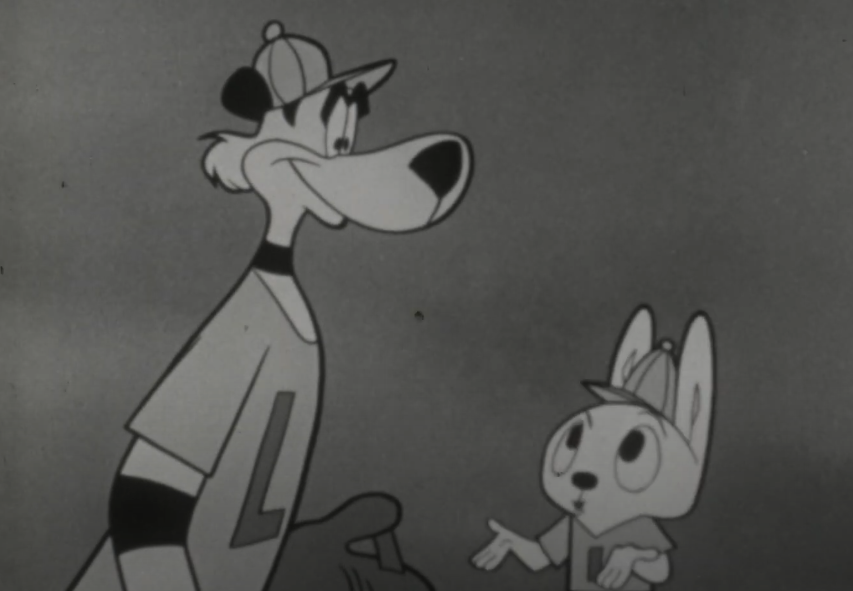 Jay Ward Productions, Crusader Rabbit (1950–1957)
Jay Ward Productions, Crusader Rabbit (1950–1957)
Crusader Rabbit
What made Crusader Rabbit unique was that the stories were only four minutes long. More than that, they all ended on cliffhangers that were satirical in nature. It led the way in animated television, inspiring many more series.
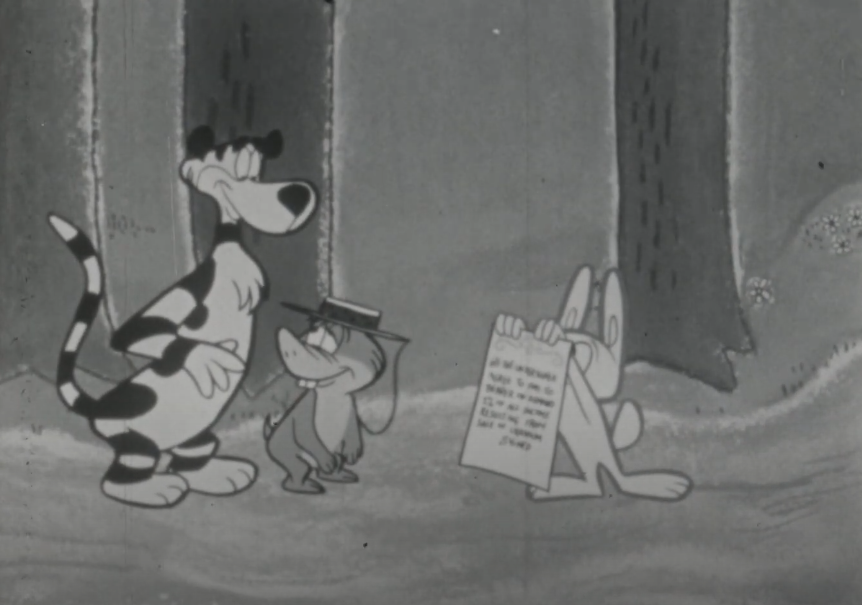 Jay Ward Productions, Crusader Rabbit (1950–1957)
Jay Ward Productions, Crusader Rabbit (1950–1957)
Adventures Of Superman
American children have enjoyed the antics of the hero from Krypton since 1938 when the first comic was released. It was no surprise that as television increased in popularity, they took the opportunity to take on this popular hero.
 Superman Inc., Adventures of Superman (1952–1958)
Superman Inc., Adventures of Superman (1952–1958)
Adventures Of Superman
Starring George Reeves and Phyllis Coates as the dashing Clark Kent and Lois Lane, the show captured the imaginations of Americans who wanted to believe in a hero. Adventures of Superman can seem a bit gimmicky now, but the tried and trued formula still guarantees to entertain.
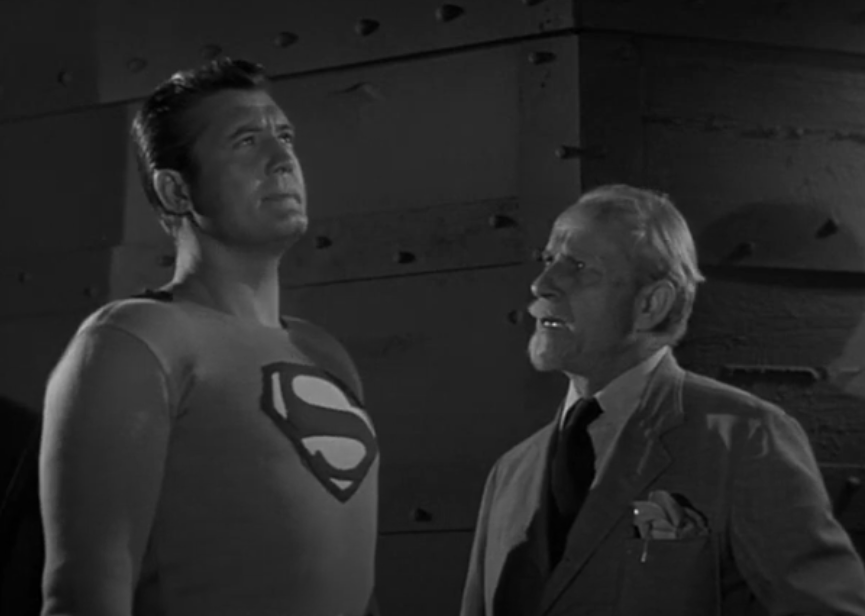 Superman Inc., Adventures of Superman (1952–1958)
Superman Inc., Adventures of Superman (1952–1958)
The Huckleberry Hound Show
Although The Huckleberry Hound Show was named after one of the characters, Huckleberry Hound, it was actually made up of three segments. Each segment was around seven minutes and featured its own characters: Huckleberry Hound, Pixie and Dixie, Mr Jinks, and Yogi Bear and Boo-Boo.
 Columbia, The Huckleberry Hound Show (1958–1962)
Columbia, The Huckleberry Hound Show (1958–1962)
The Huckleberry Hound Show
The Huckleberry Hound Show lasted for three years. While Huckleberry Hound and the “meeces” have faded over time, Yogi Bear and Boo-Boo were by far the most popular segment. They would go on to have their show and live on in pop culture today.
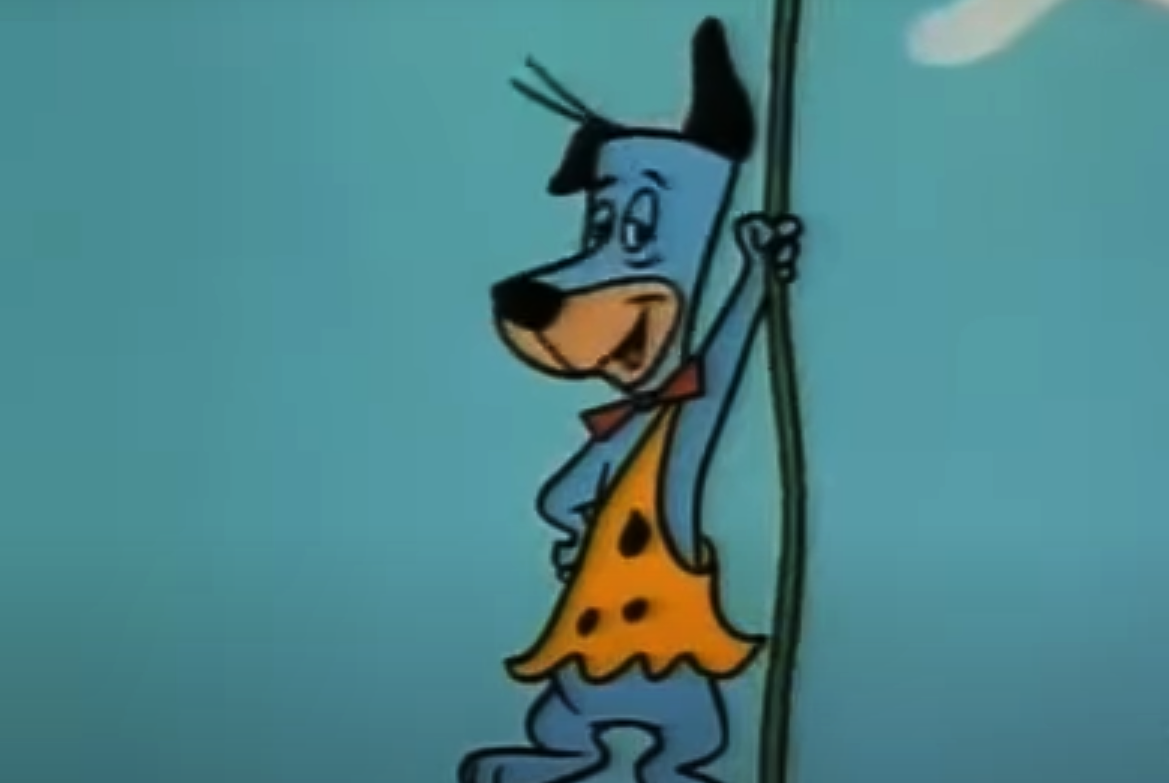 Columbia, The Huckleberry Hound Show (1958–1962)
Columbia, The Huckleberry Hound Show (1958–1962)
The Adventures Of Ozzie And Harriet
In some ways, The Adventures of Ozzie and Harriet could be considered a precursor to the reality television that exists today. Although the show was scripted, its cast was made up of a real family, comedian Ricky Nelson, his wife, singer and actress Harriet Nelson, and their two sons.
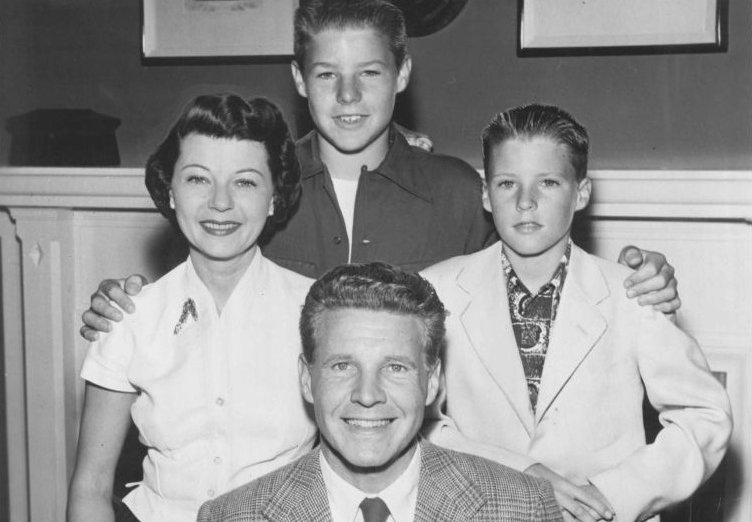 ABC Television Network, Wikimedia Commons
ABC Television Network, Wikimedia Commons
The Adventures Of Ozzie And Harriet
The Adventures of Ozzie and Harriet ran from 1952 to 1966. Until 2021, it was the longest-running live-action sitcom on American television. It still holds the record when comparing the number of episodes.
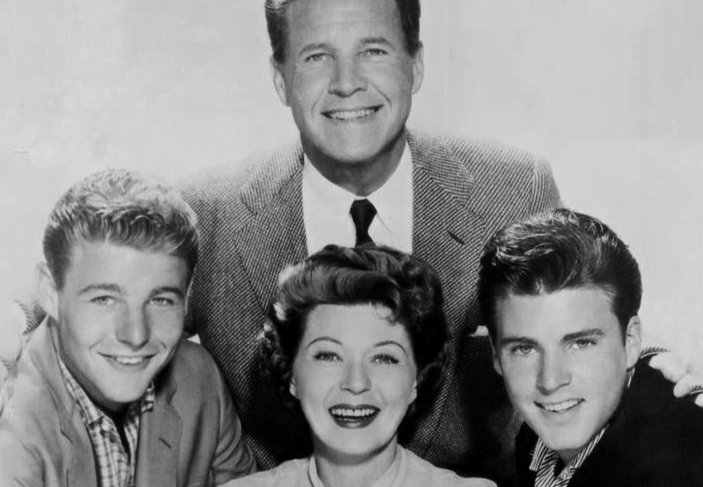 ABC Television, Wikimedia Commons
ABC Television, Wikimedia Commons
Father Knows Best
Father Knows Best is the kind of title that would never fly today; however, it was a wildly popular and wholesome show at the time. It centered on the Andersons, a middle-class family who lived in an unnamed western state.
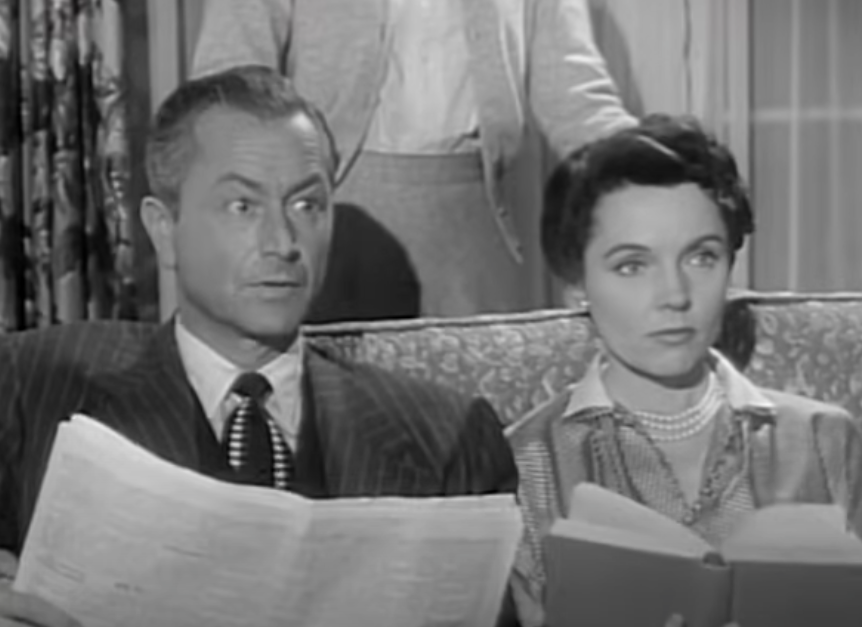 Columbia, Father Knows Best (1954–1960)
Columbia, Father Knows Best (1954–1960)
Father Knows Best
Although Father Knows Best ran for six seasons, it struggled to find a home. It started on CBS but only ran for one season there before being canceled. NBC saved it and ran it for another three seasons—before canceling it and forcing them to move back to CBS for their last two seasons.
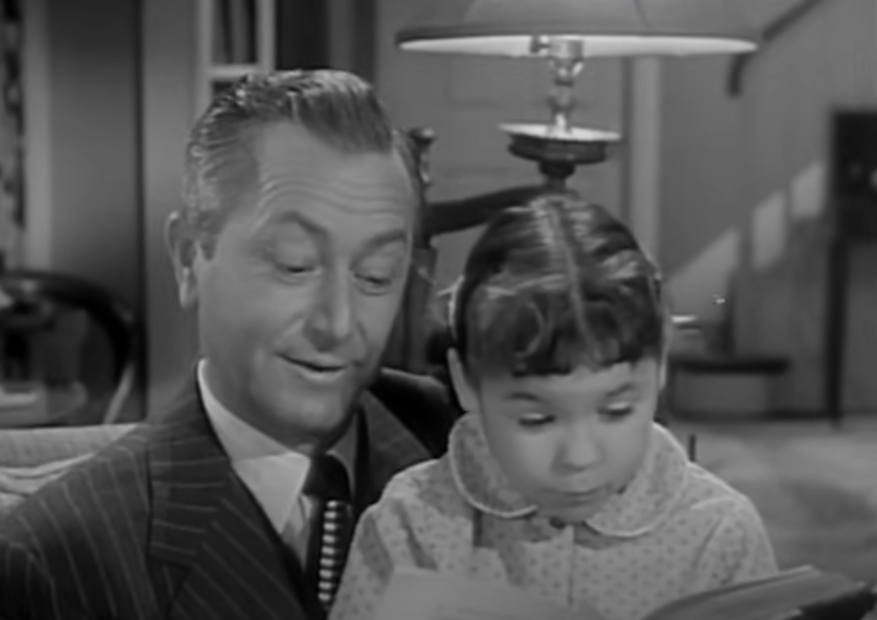 Columbia, Father Knows Best (1954–1960)
Columbia, Father Knows Best (1954–1960)
The Lone Ranger
The Lone Ranger is one of those shows that has been sewn so completely into the fabric of North American pop culture, that you’ve likely heard of it even if you know nothing about it. It has such a lasting effect that it has been spoofed and referenced in many other media over the years.
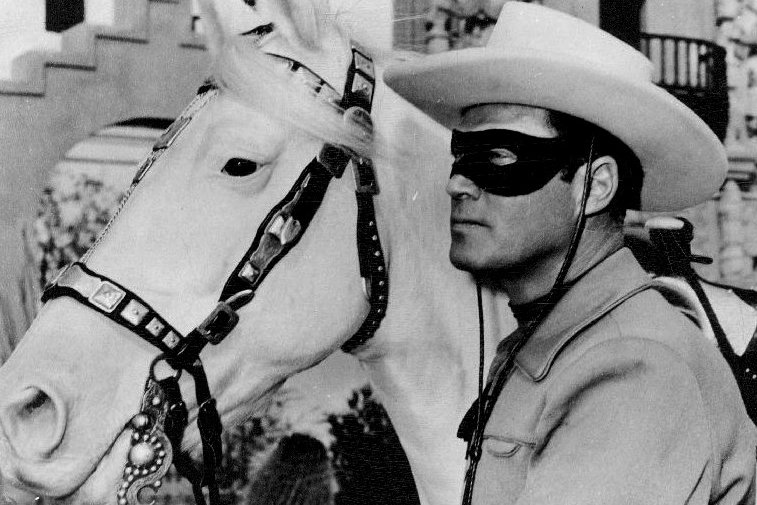 Pleasure Island, Wikimedia Commons
Pleasure Island, Wikimedia Commons
The Lone Ranger
As the name suggests, The Lone Ranger was a Western series that followed the Lone Ranger, who wasn’t that “lone” as he was always accompanied by Tonto. Even if there are some questions about representation today, at the time, The Lone Ranger was one of the highest-rated television series and ABC’s first real “hit”.
 Wrather Productions, The Lone Ranger (1949–1957)
Wrather Productions, The Lone Ranger (1949–1957)
The Roy Rogers Show
The 50s were a time when the “Wild Wild West” ran deep in the imagination. The Roy Rogers Show was another popular Western series of the time. However, they took a slightly different approach to the genre.
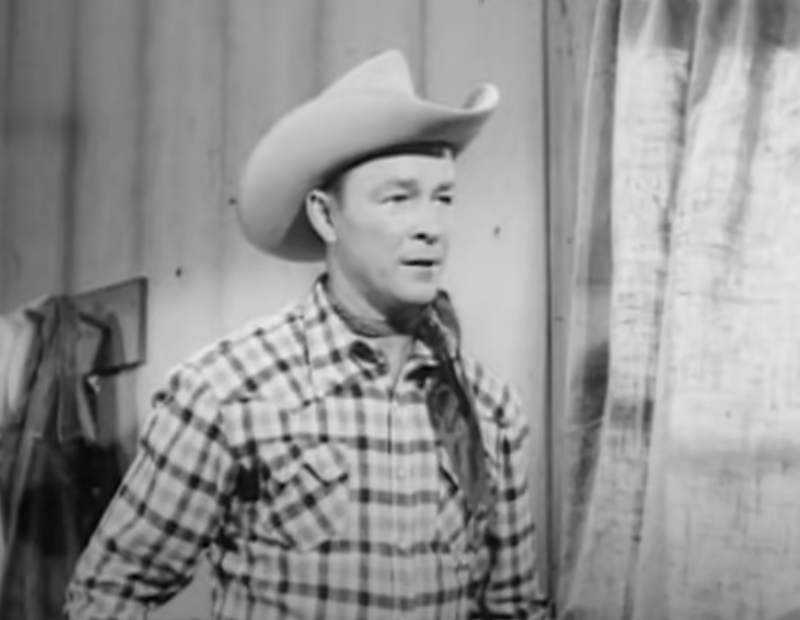 Roy Rogers Productions, The Roy Rogers Show (1951–2014)
Roy Rogers Productions, The Roy Rogers Show (1951–2014)
The Roy Rogers Show
Although without a doubt a “Western”, The Roy Rogers Show wasn’t actually set in the “Old West”. Rather, it was meant to be a contemporary show (happening in the 50s as it was being aired in the 50s), but using the same style as those old-timey Westerns.
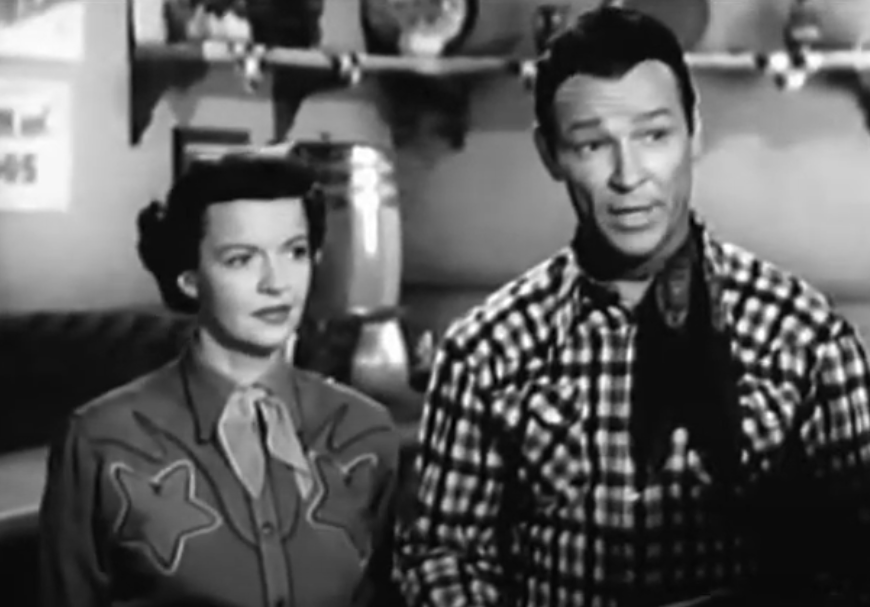 Roy Rogers Productions, The Roy Rogers Show (1951–2014)
Roy Rogers Productions, The Roy Rogers Show (1951–2014)
Bozo The Clown
Today, a lot of people find clowns unsettling. However, in the 50s, they were a common way to entertain children. None were as popular as Bozo, who was often credited as “The World’s Most Famous Clown”.
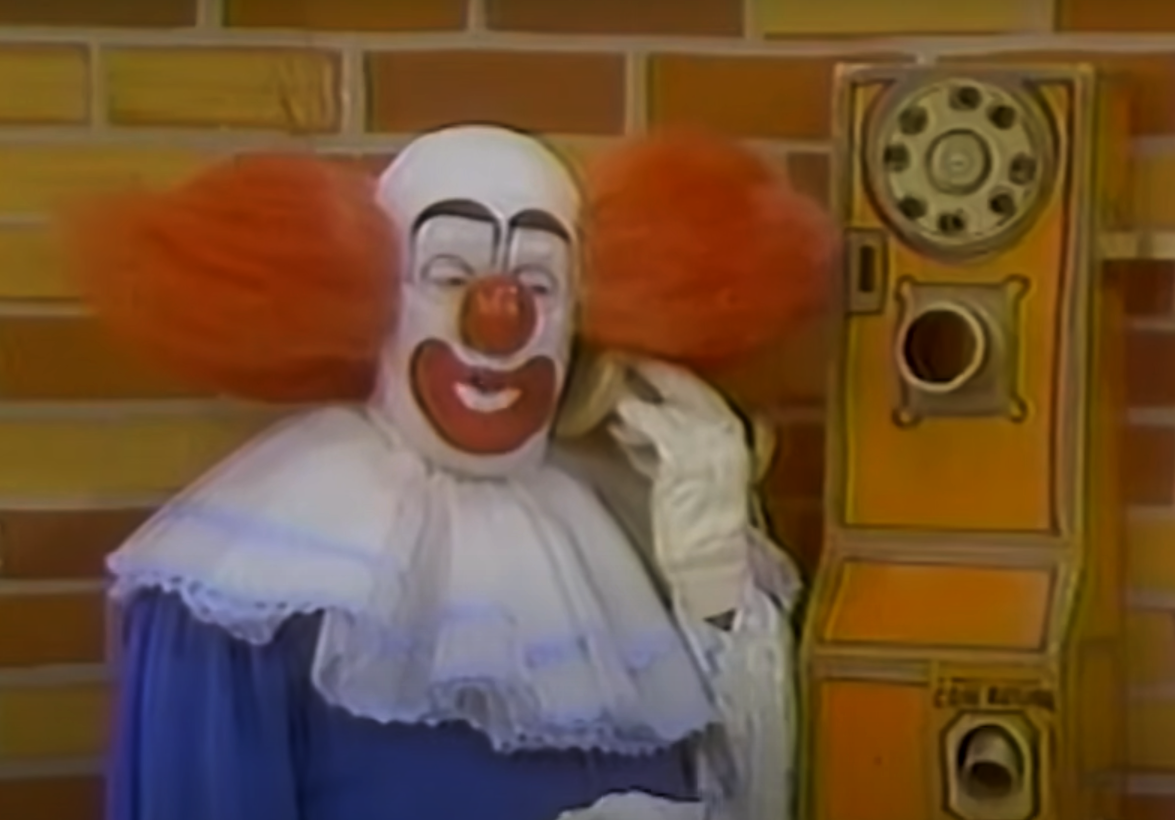 WGN, Bozo's Circus (1961–1980)
WGN, Bozo's Circus (1961–1980)
Bozo The Clown
Bozo was created as part of a read-along record in 1946. He was the mascot for Capitol Records before he made the move to television. He appeared in several series through the 50s up until the early 2000s.
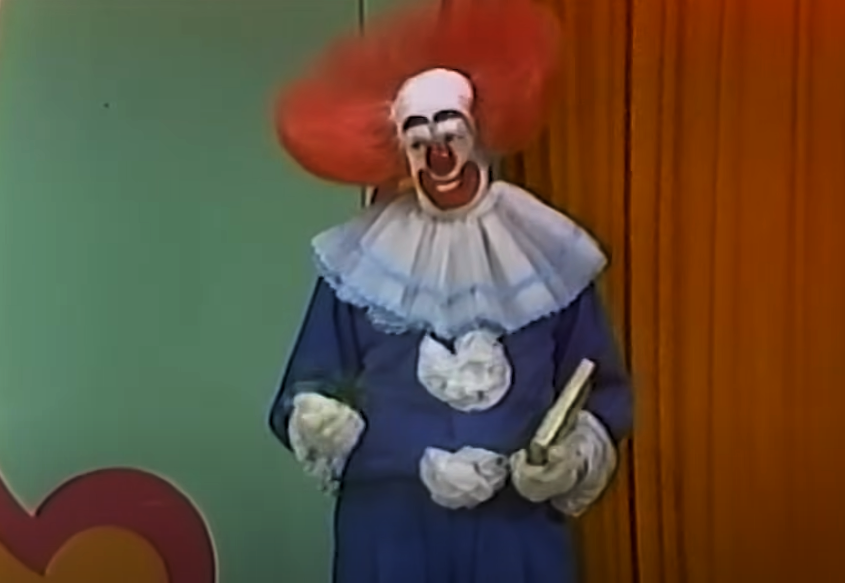 WGN, Bozo's Circus (1961–1980)
WGN, Bozo's Circus (1961–1980)
The Mickey Mouse Club
The Mickey Mouse Club will never truly fade. Modern fans will know it for launching the careers of Brittney Spears, Christina Aguilera, and Justin Timberlake among others. The concept, however, reaches back to the 50s.
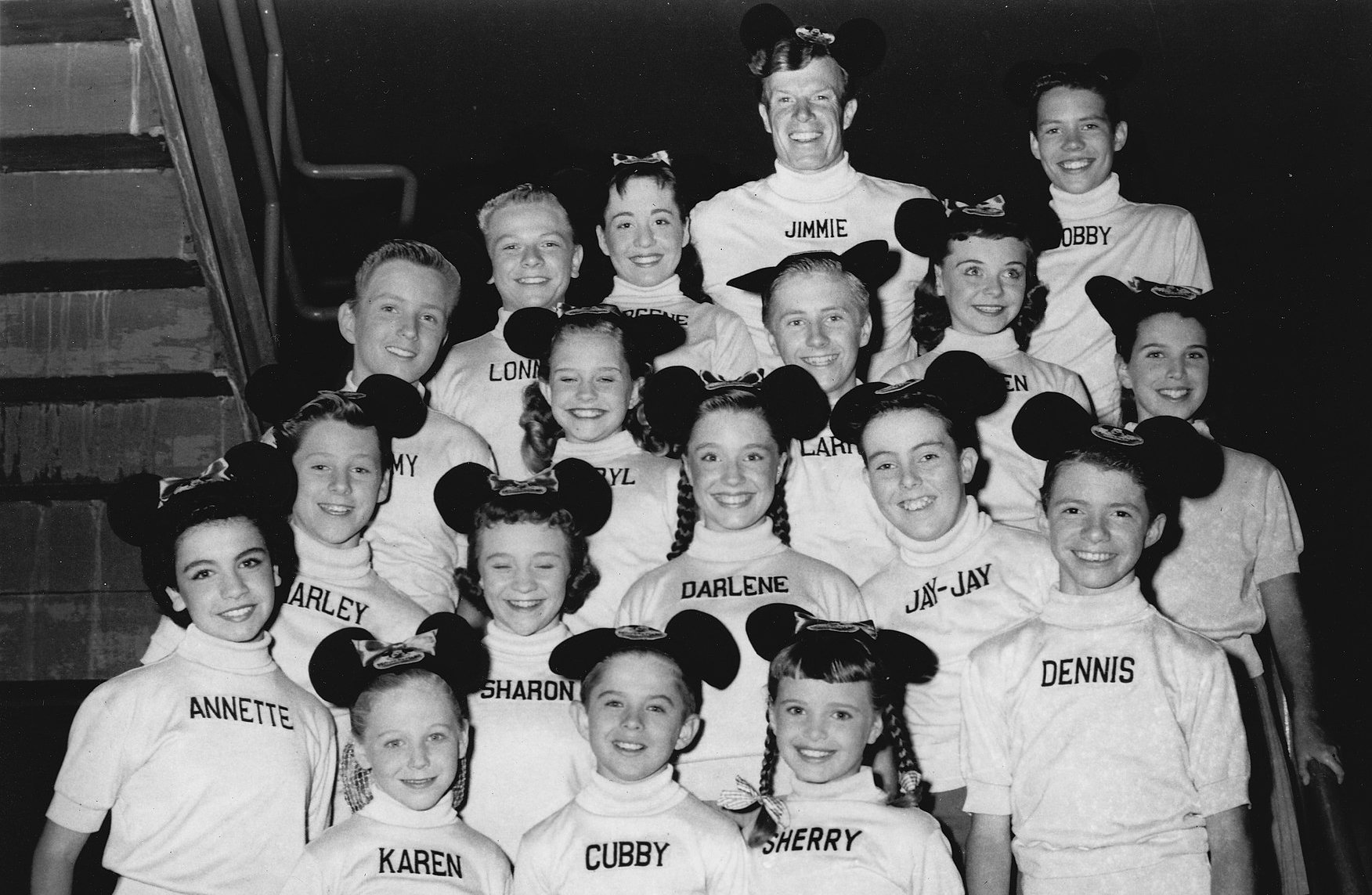 Macfadden Publications, Wikimedia Commons
Macfadden Publications, Wikimedia Commons
The Mickey Mouse Club
In 1955, Walt Disney was looking for new ways to expand his company, and television was it. He launched The Mickey Mouse Club, which ran (for the first time) until 1959. The original cast was filled with teen performers that were constantly changing.
The Mickey Mouse Club went on to become one of the most iconic shows from the golden age of television—but it all came to an end after a bitter argument between Walt Disney and ABC Studios. When ABC pulled the plug on the show, they refused to let Disney air it on any other network. Disney filed a lawsuit, and even though he won his settlement, ABC got their wish in the end, with the show being prohibited from airing on any other major network.
You May Also Like:
Once Popular Shows That Are Now Totally Forgotten
Incredible TV Shows From The 80s Most People Forgot About


